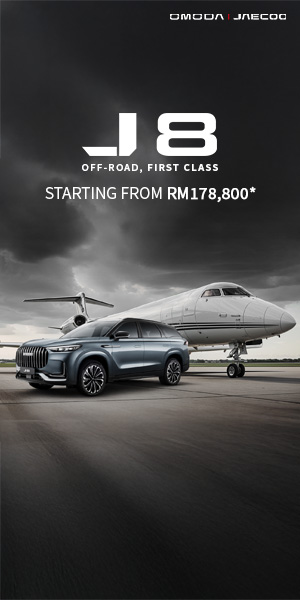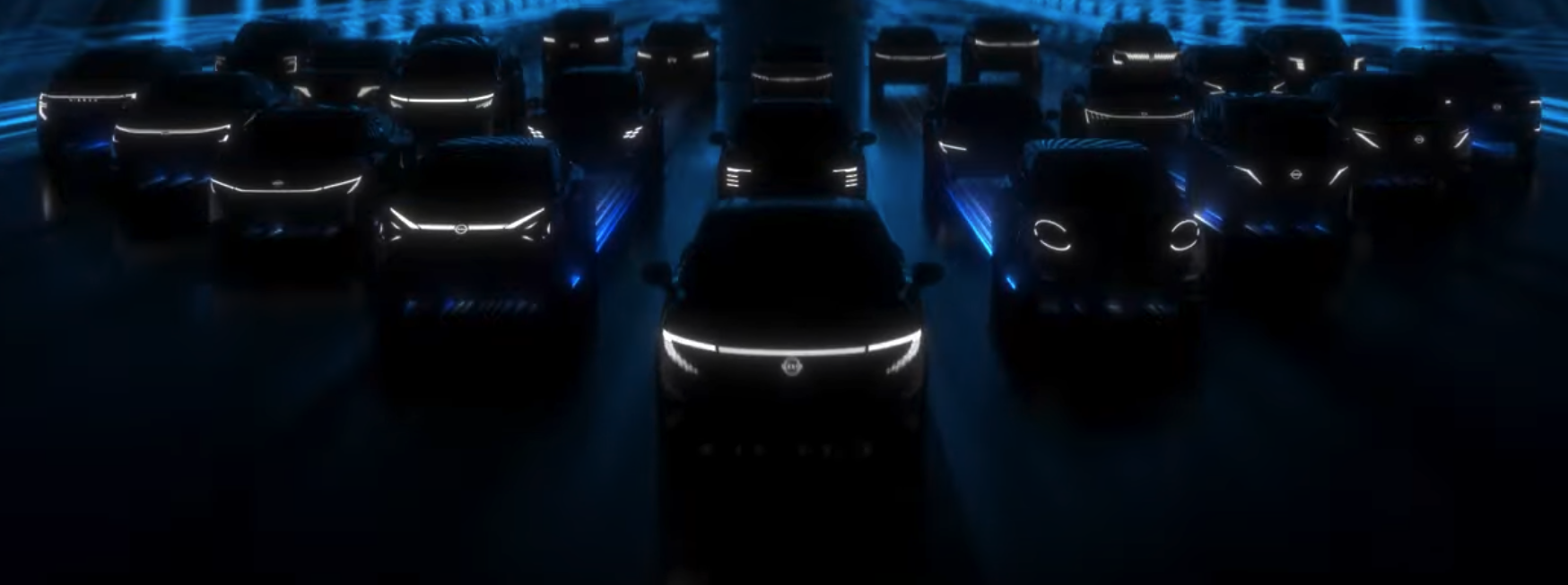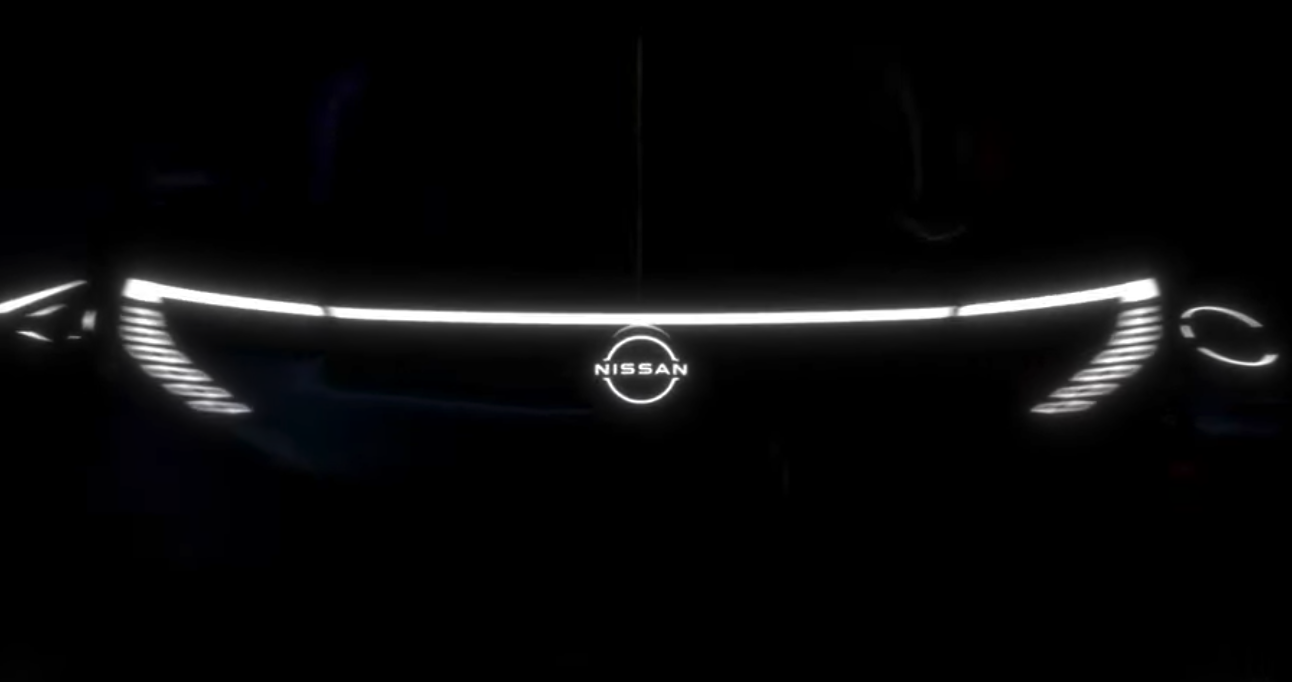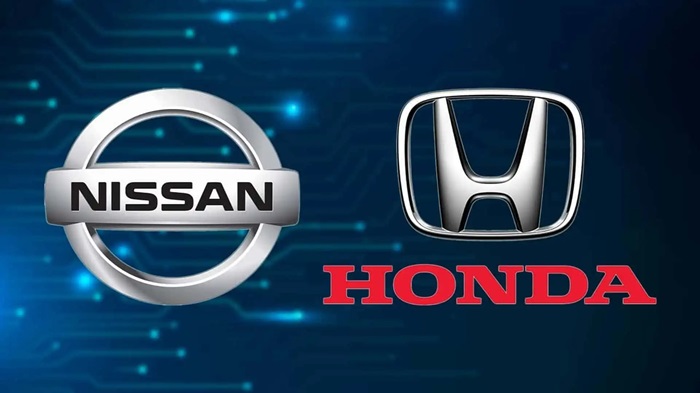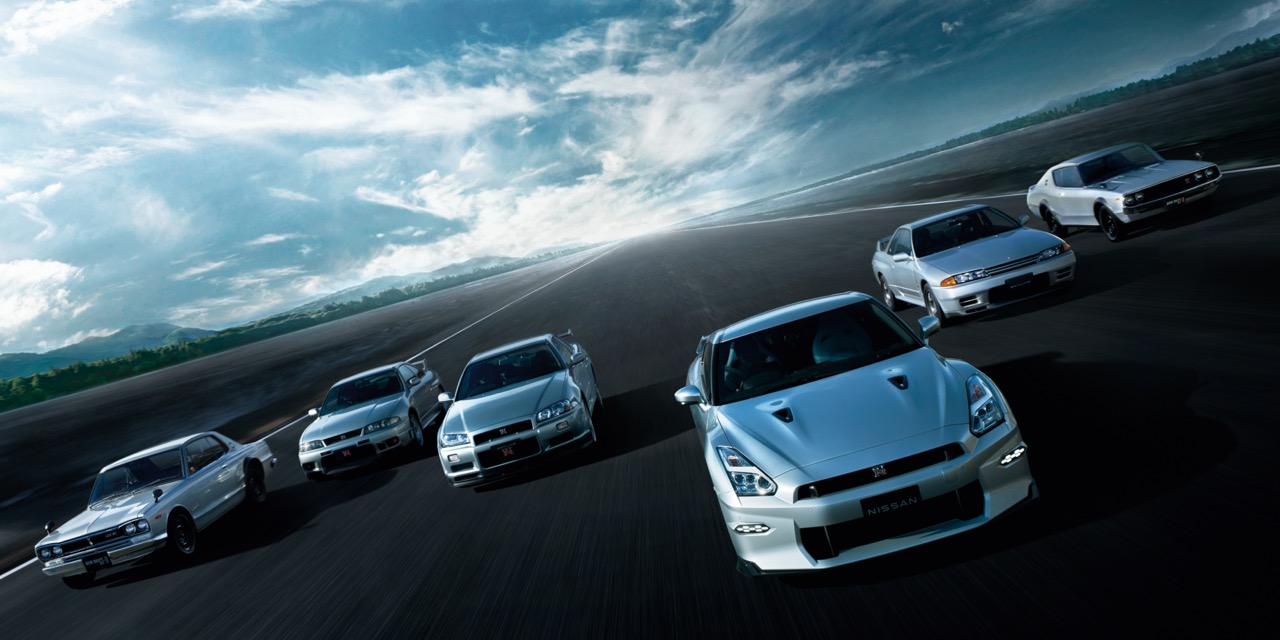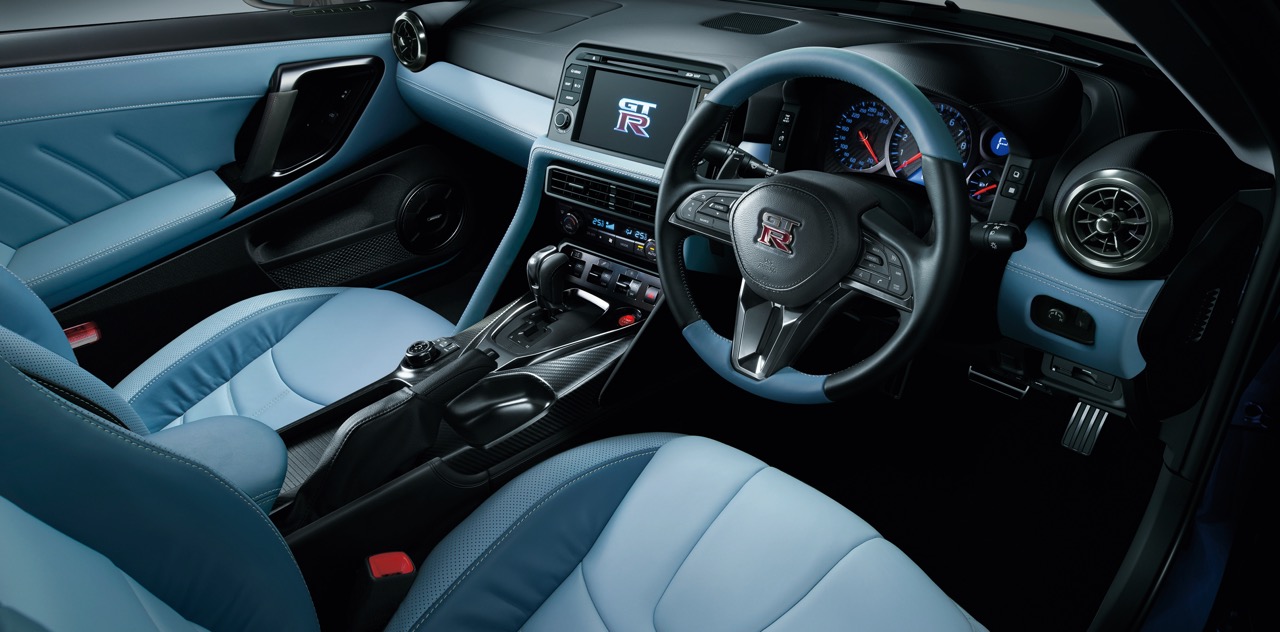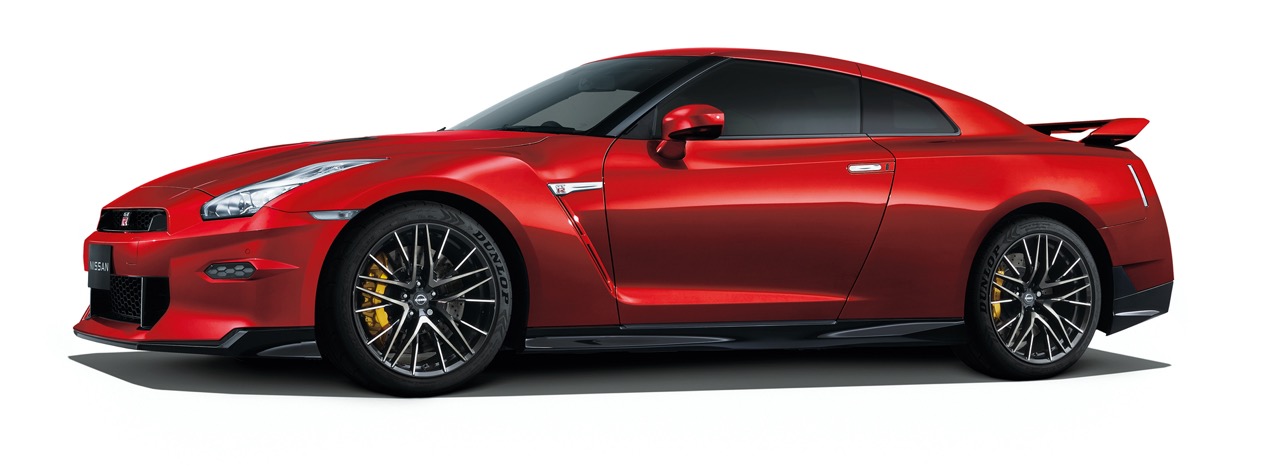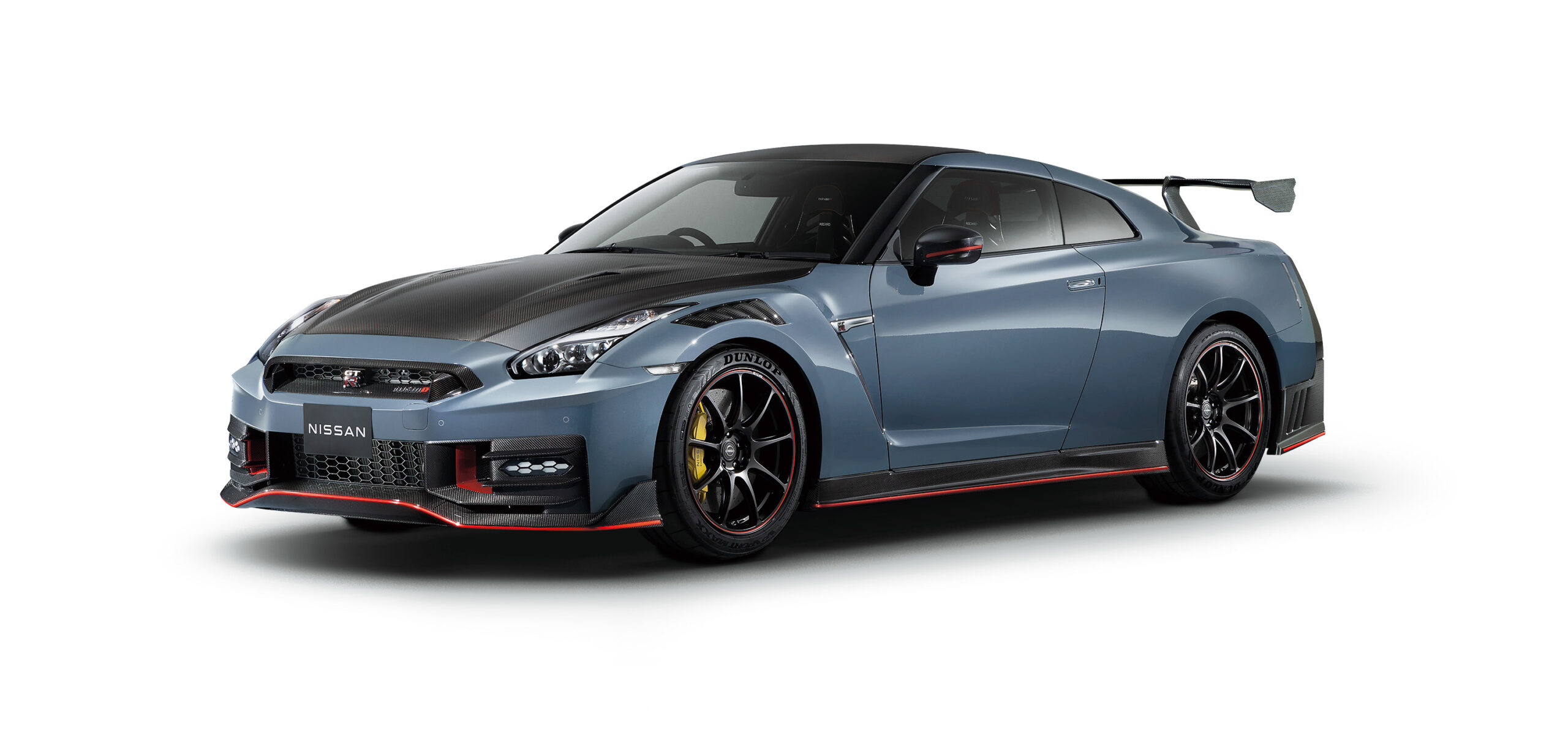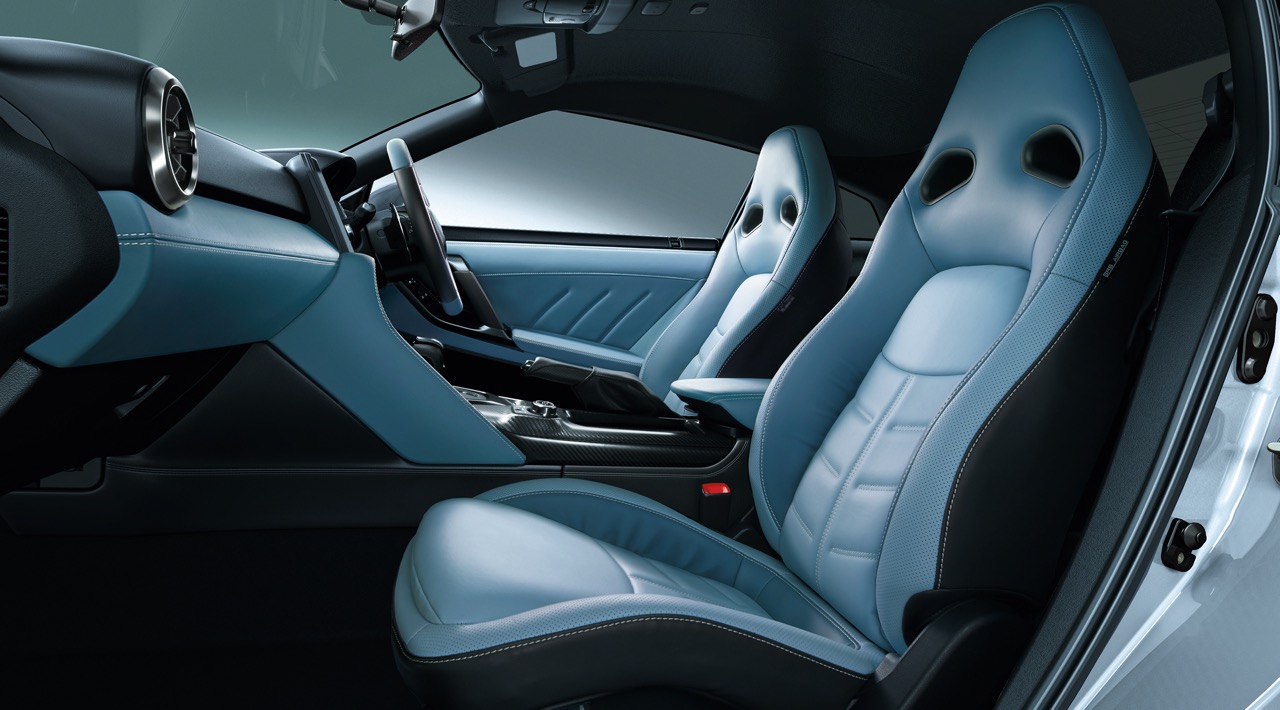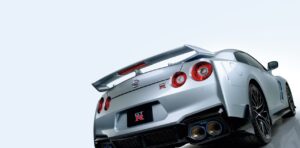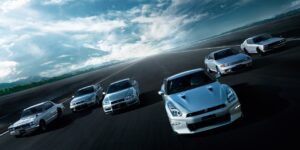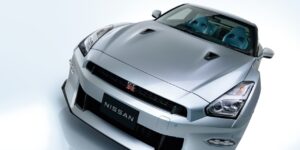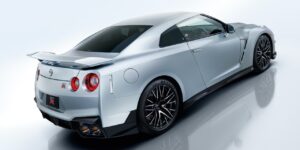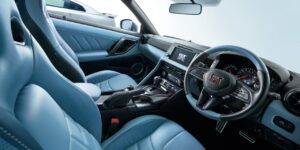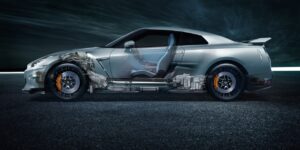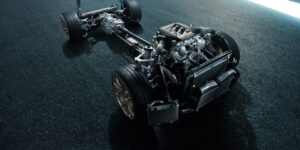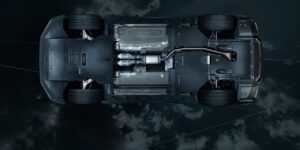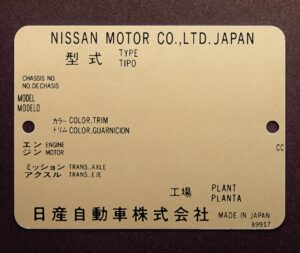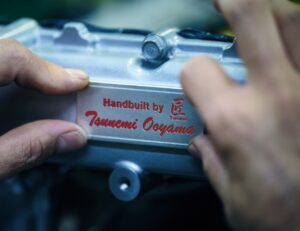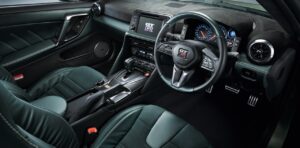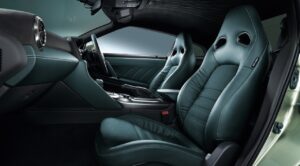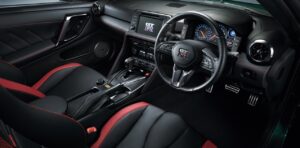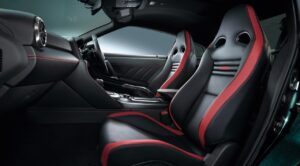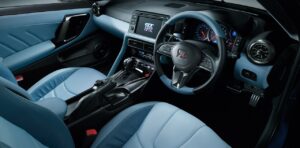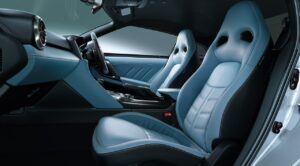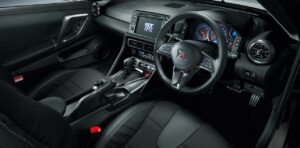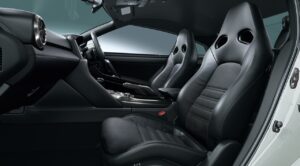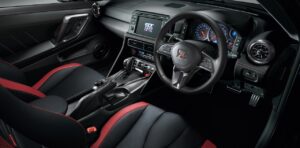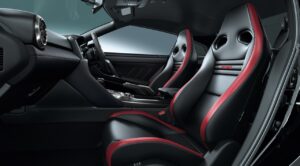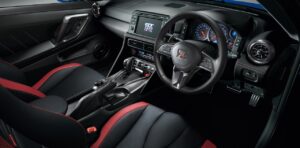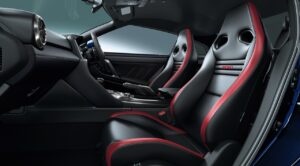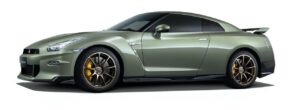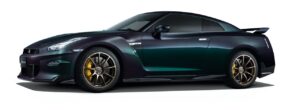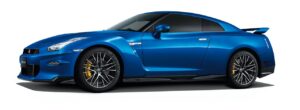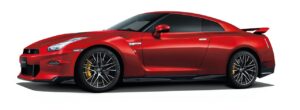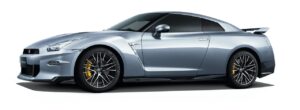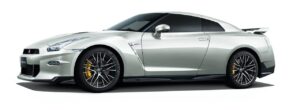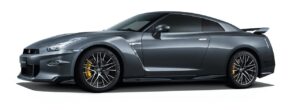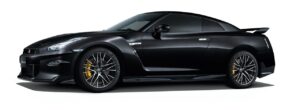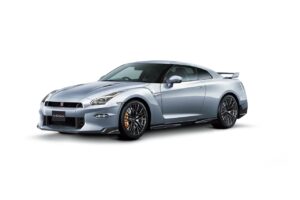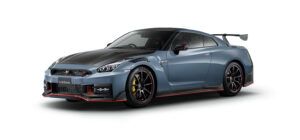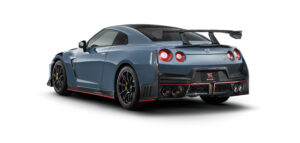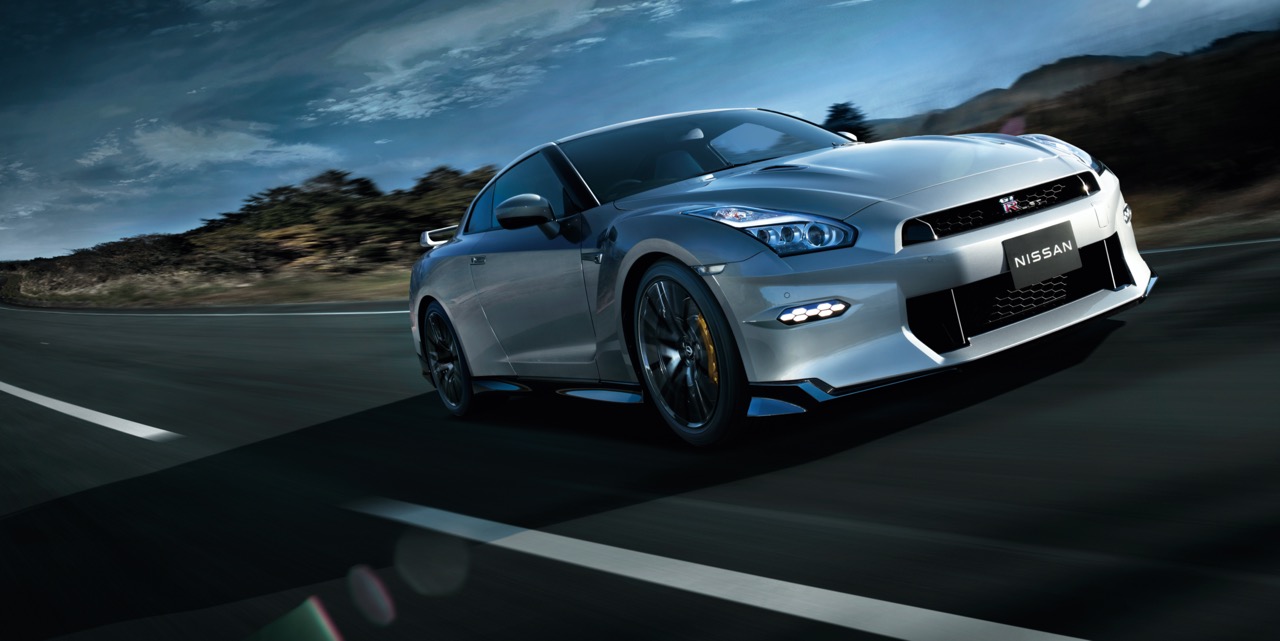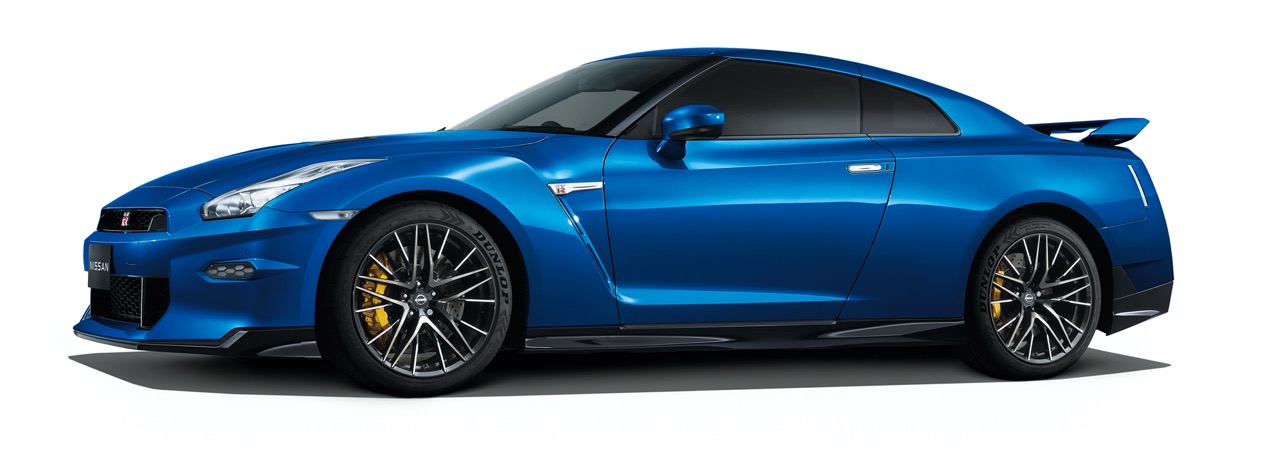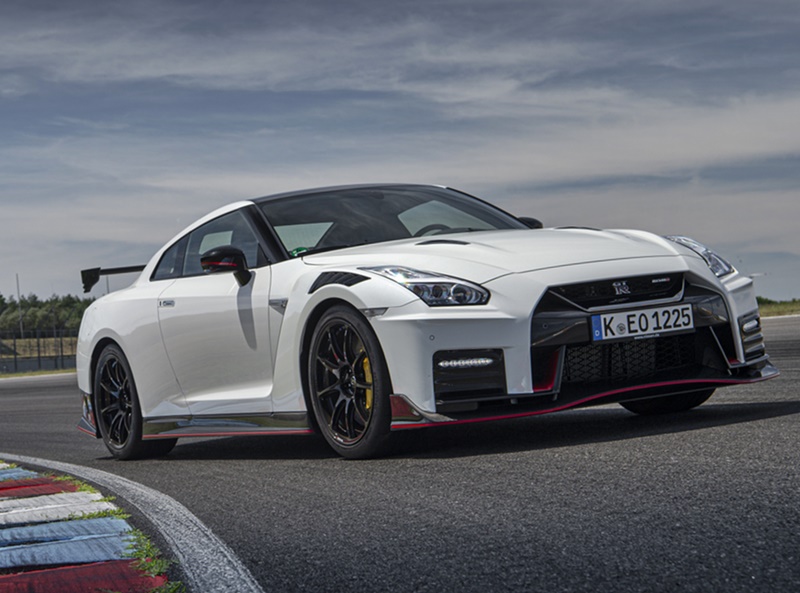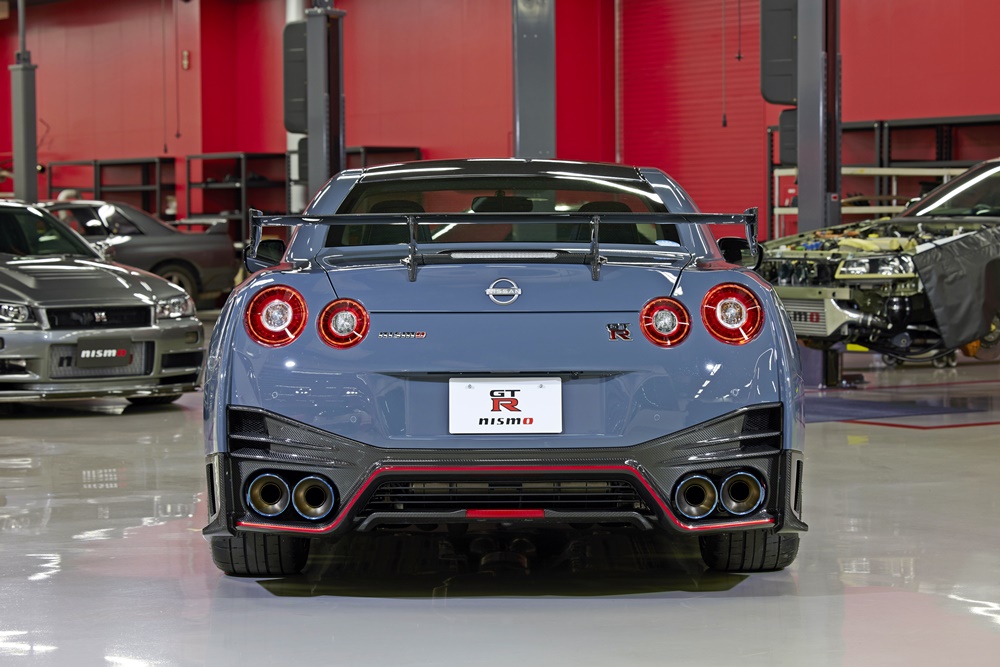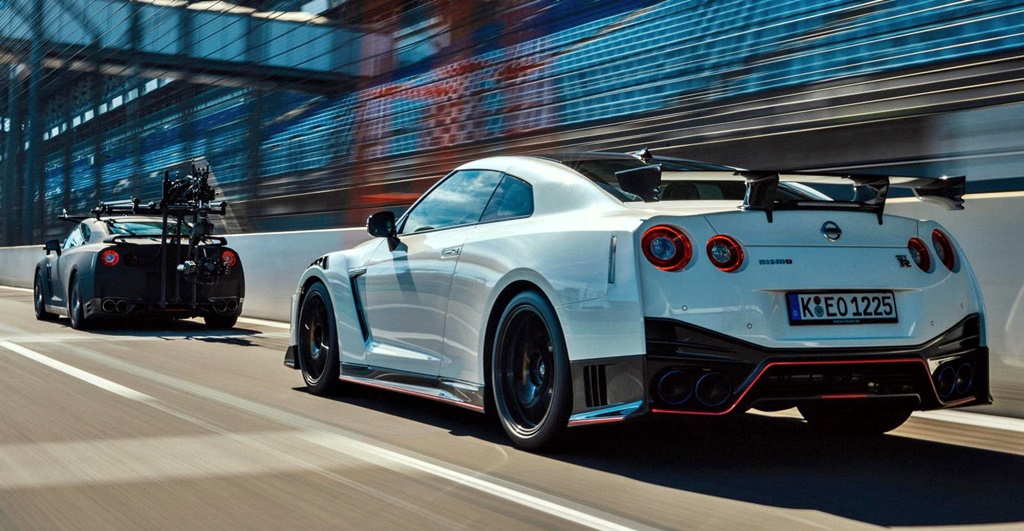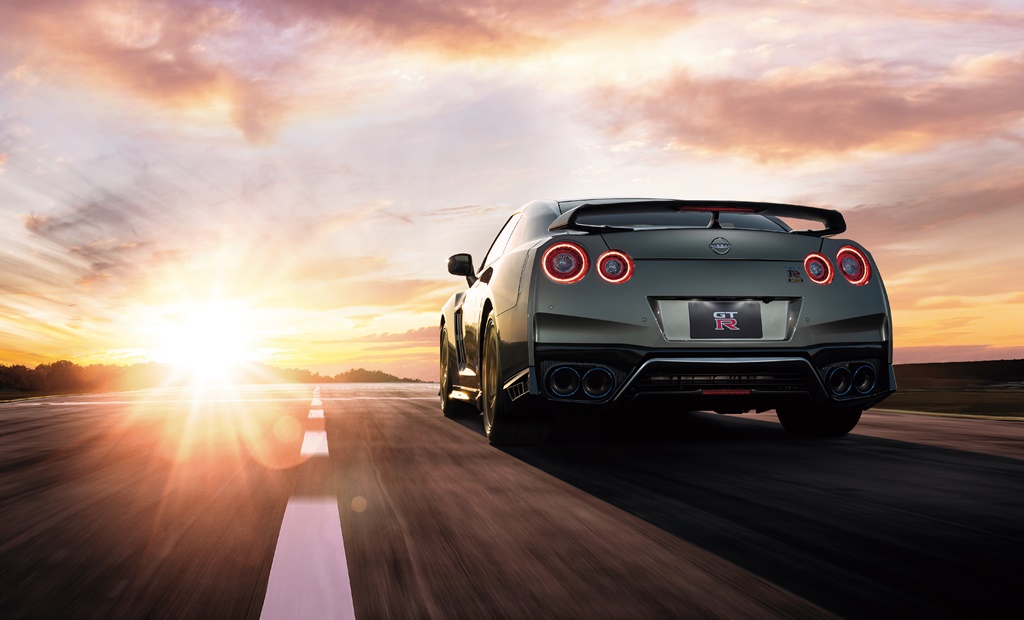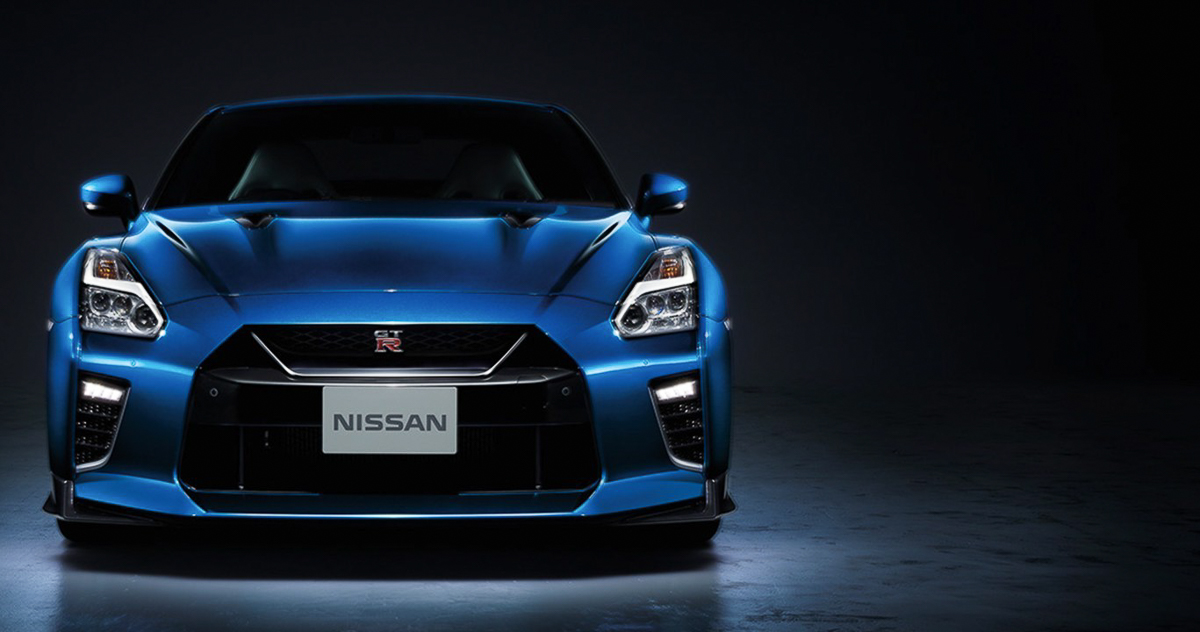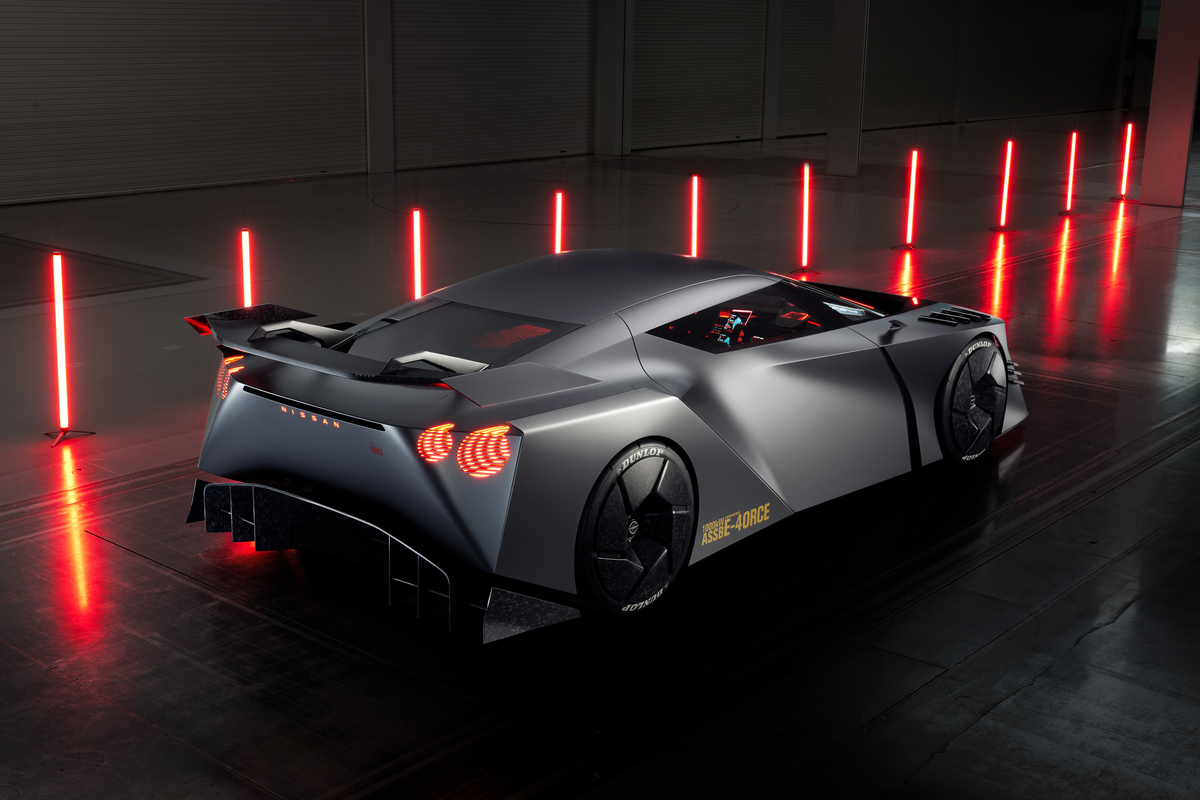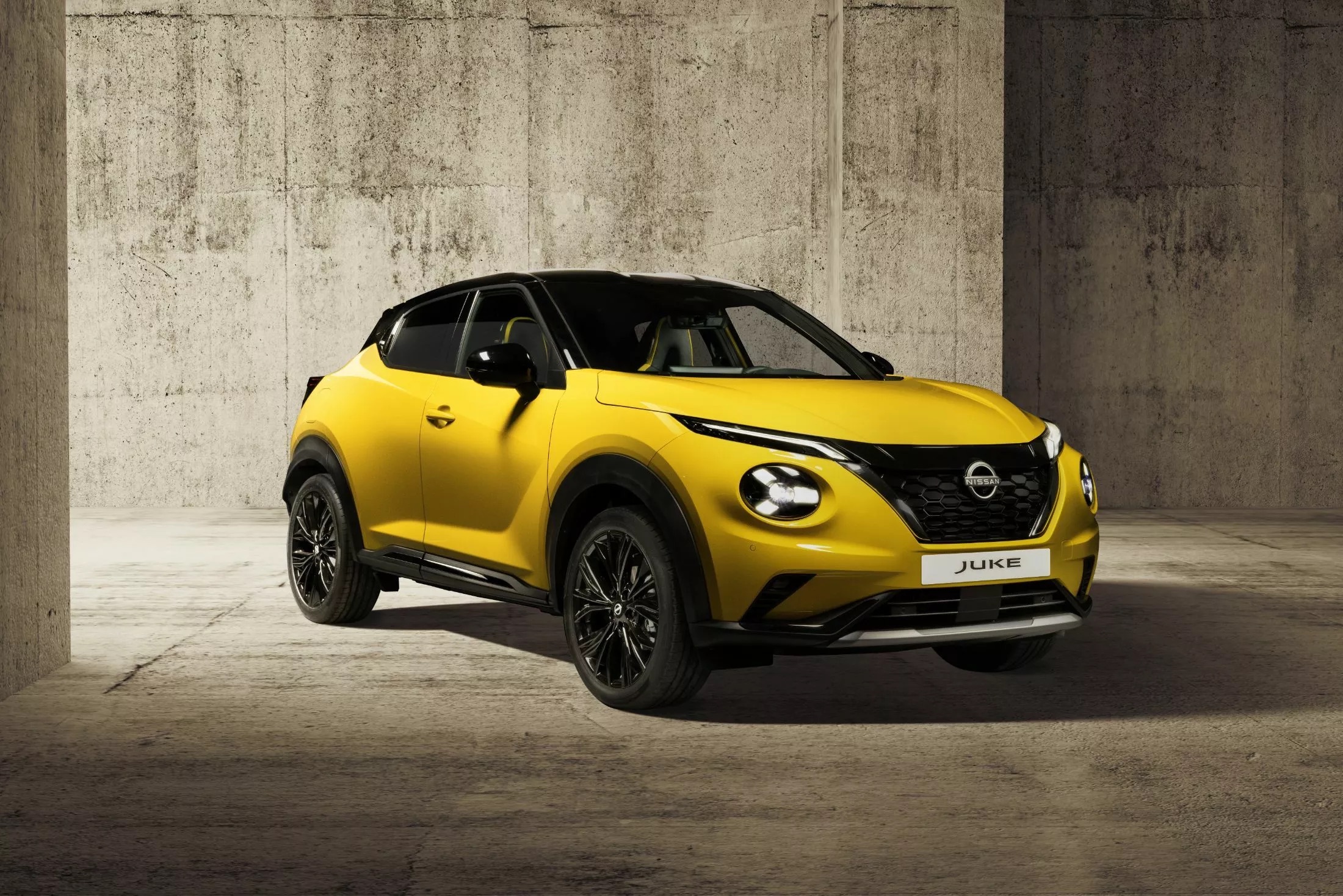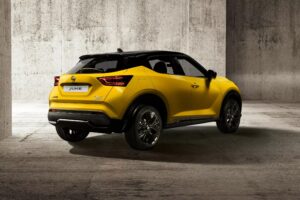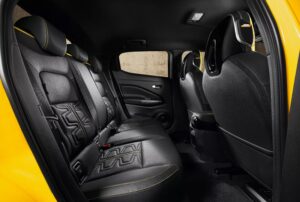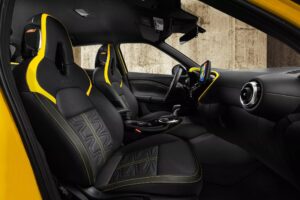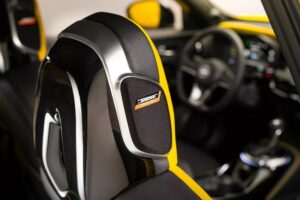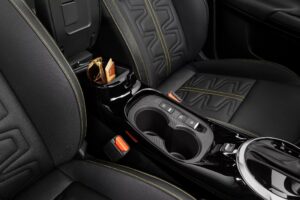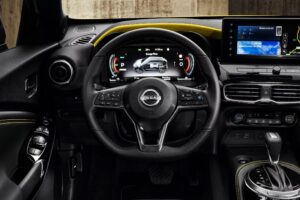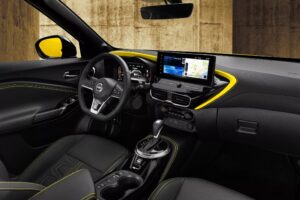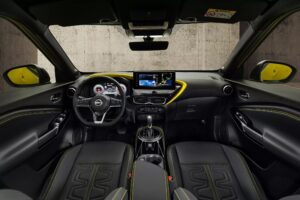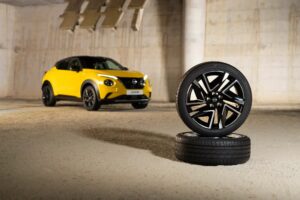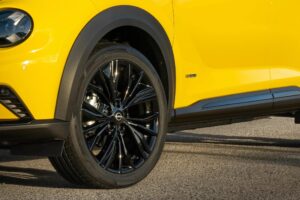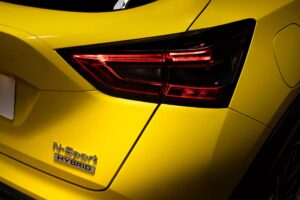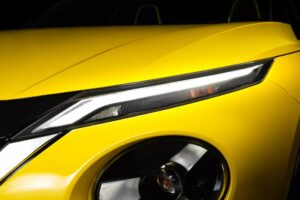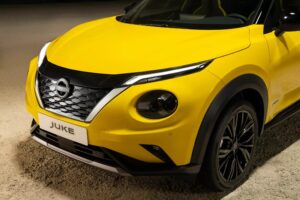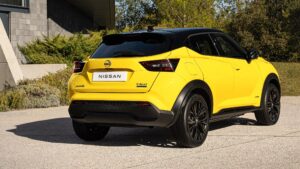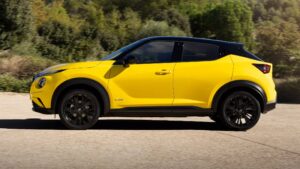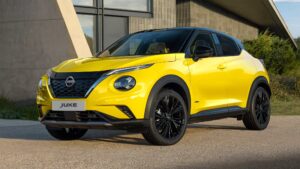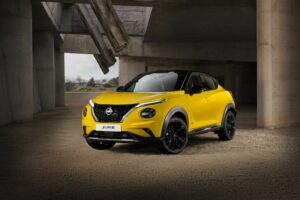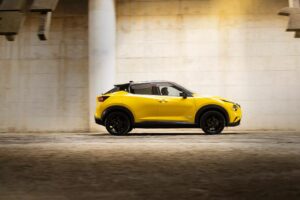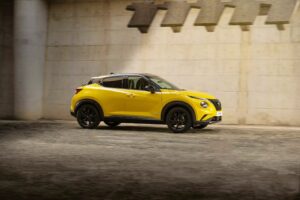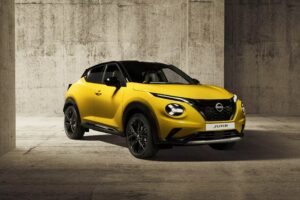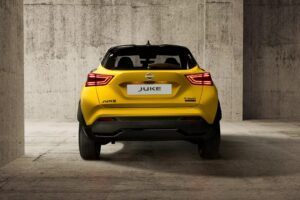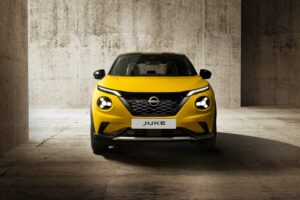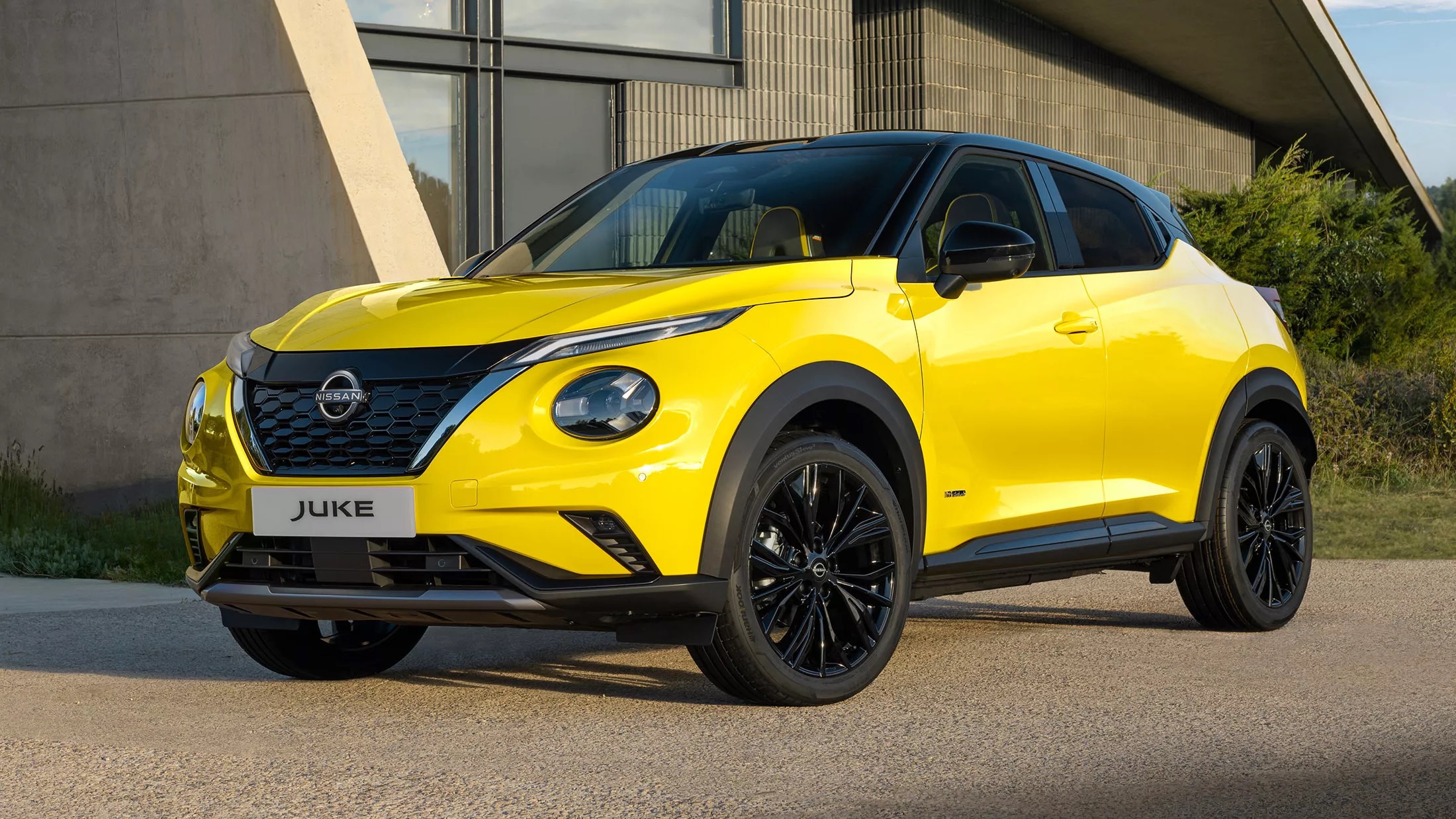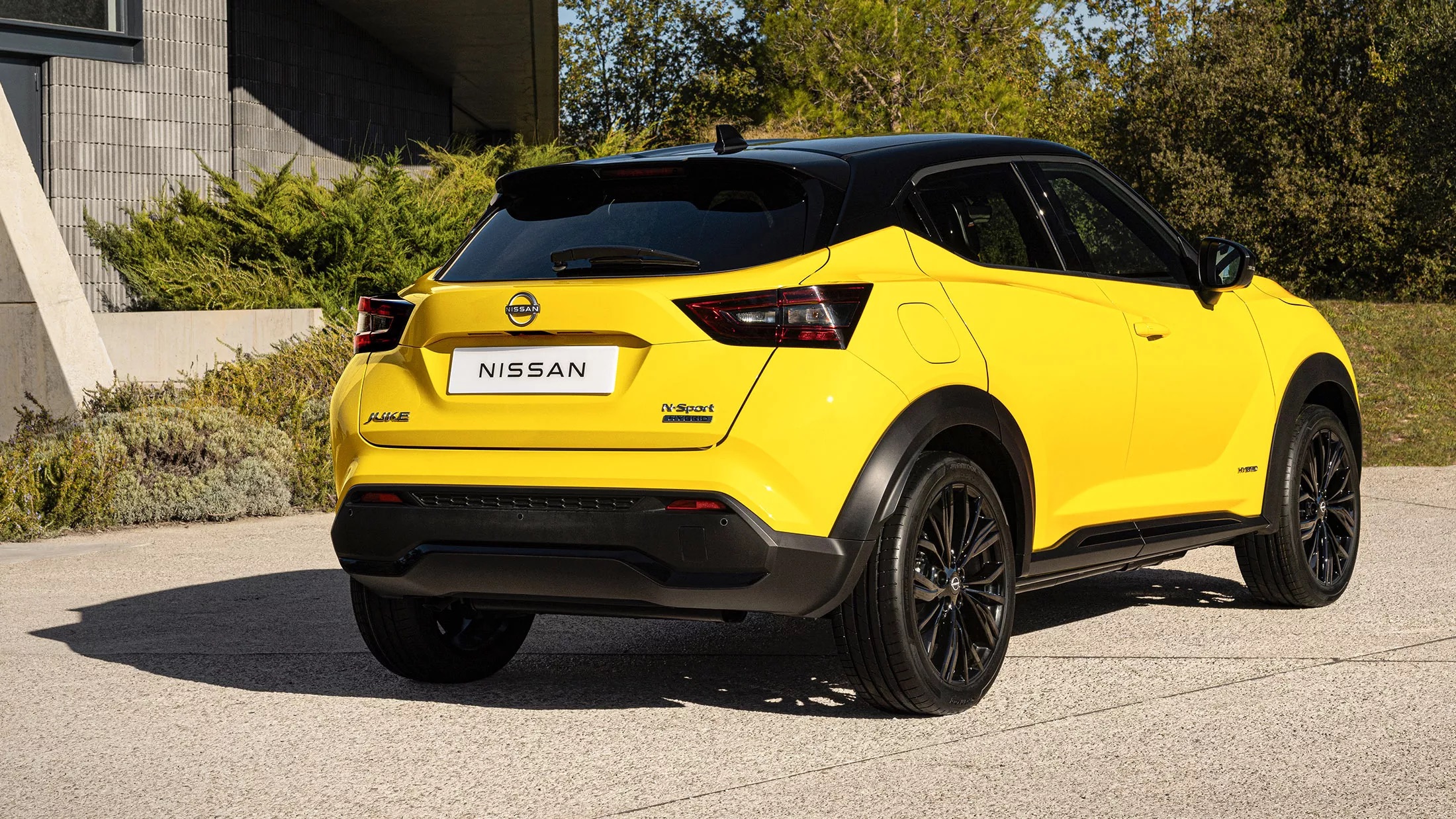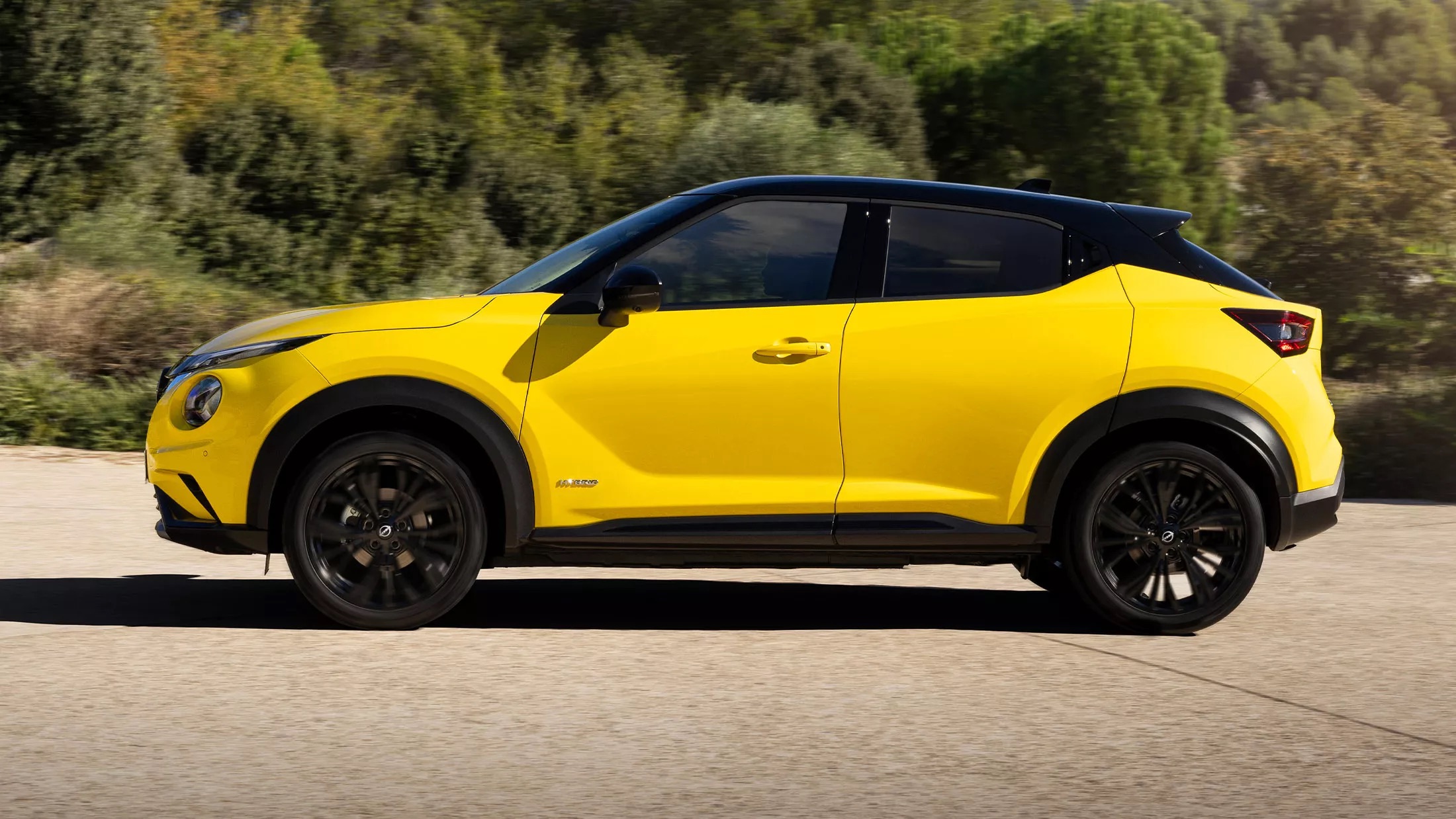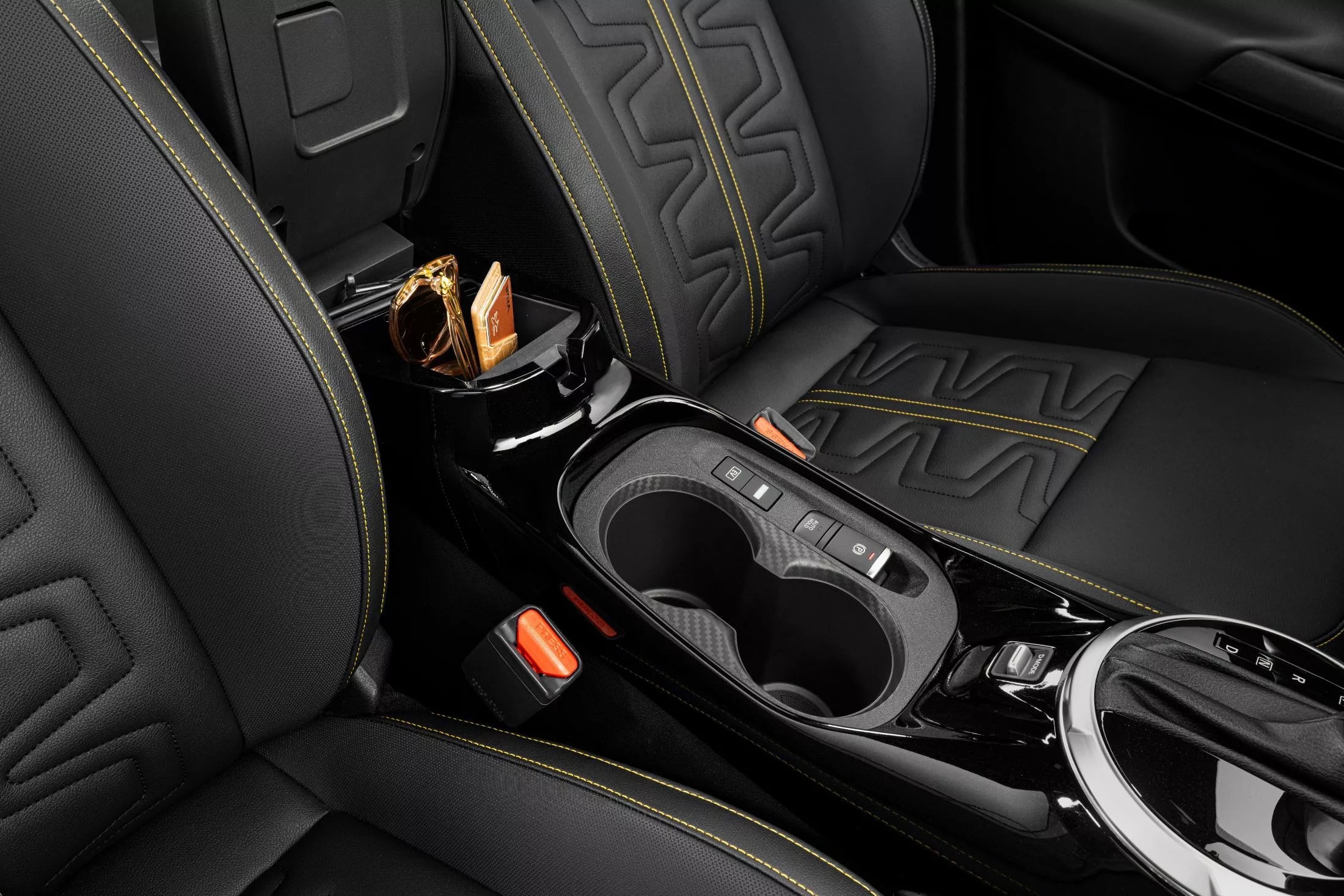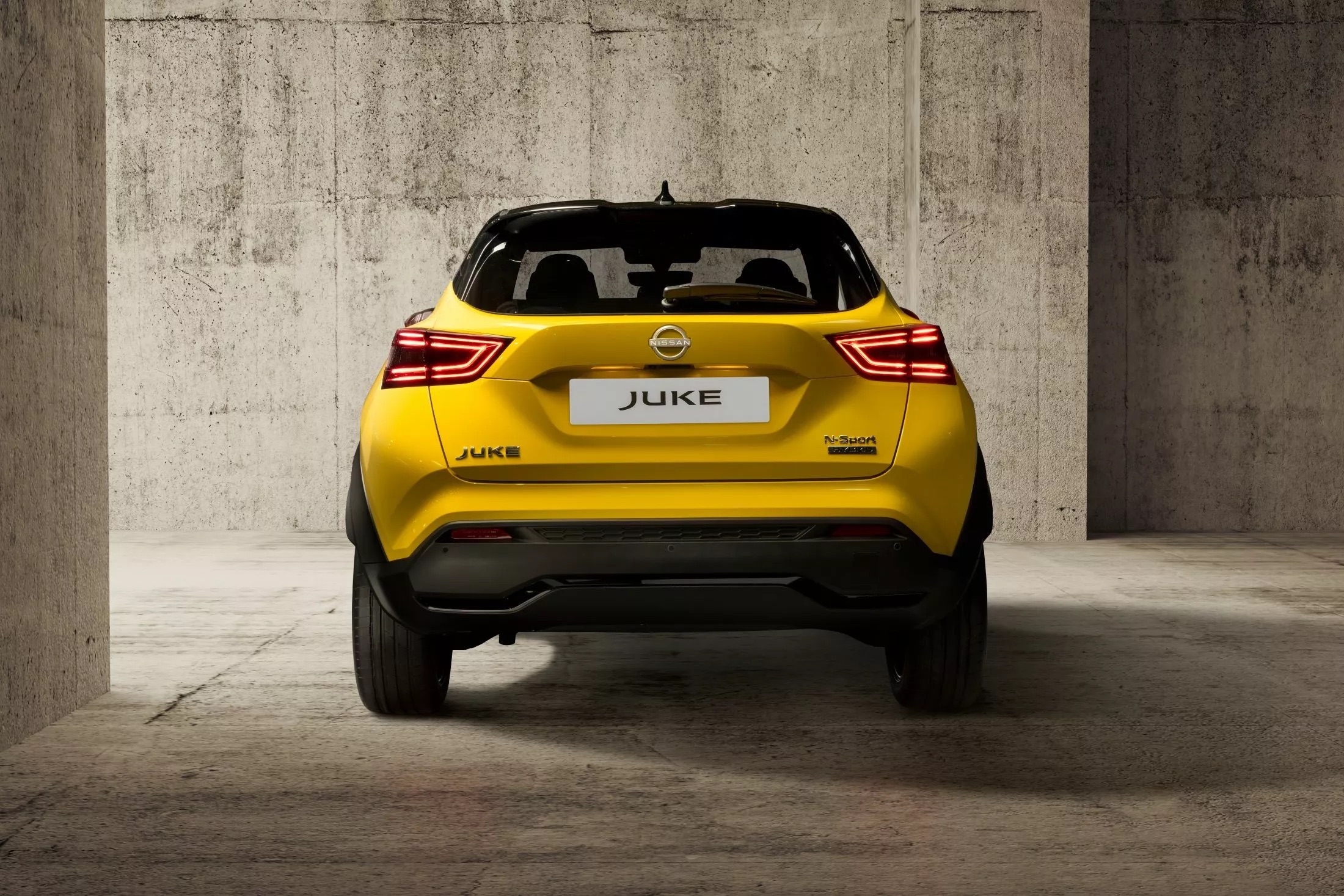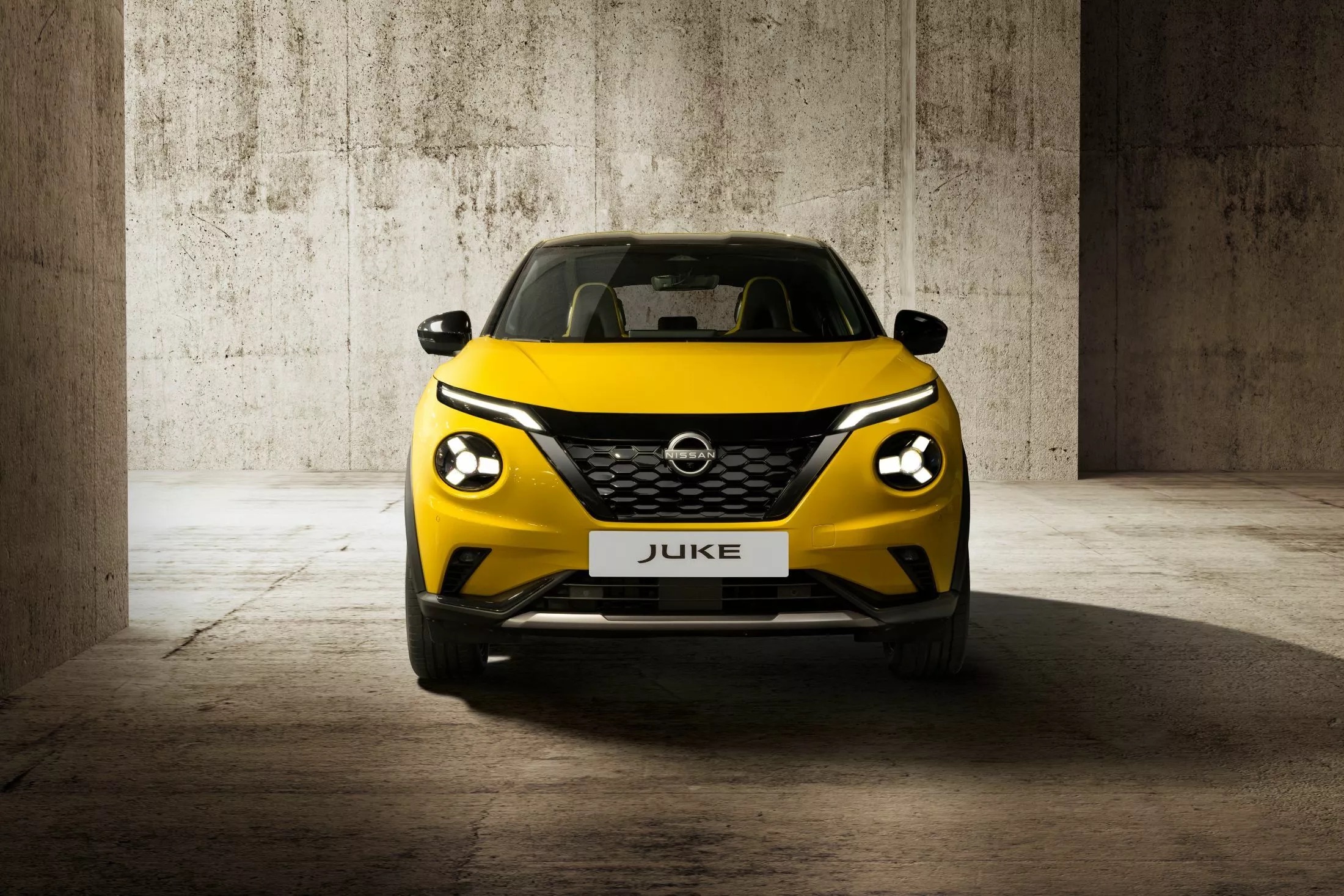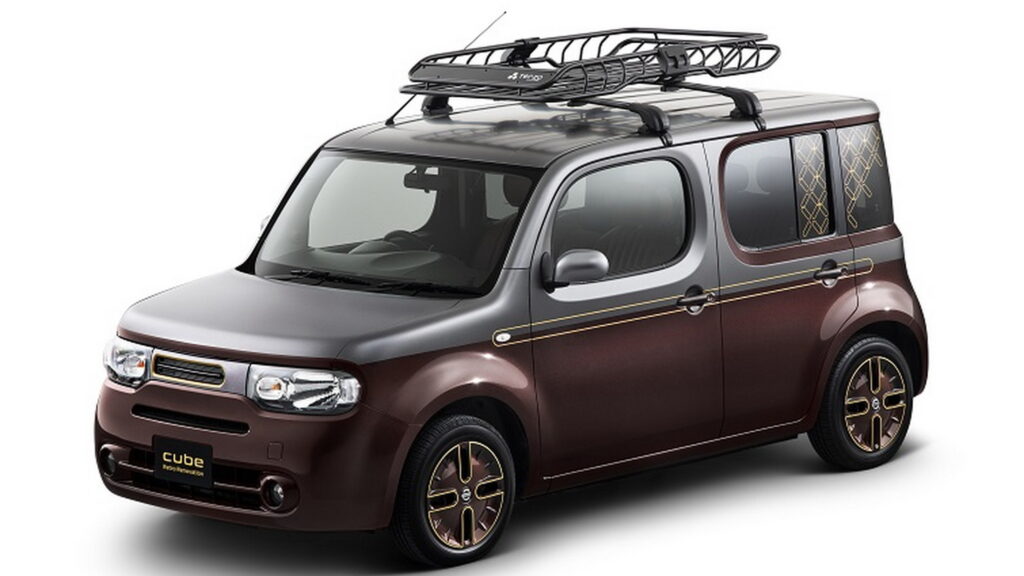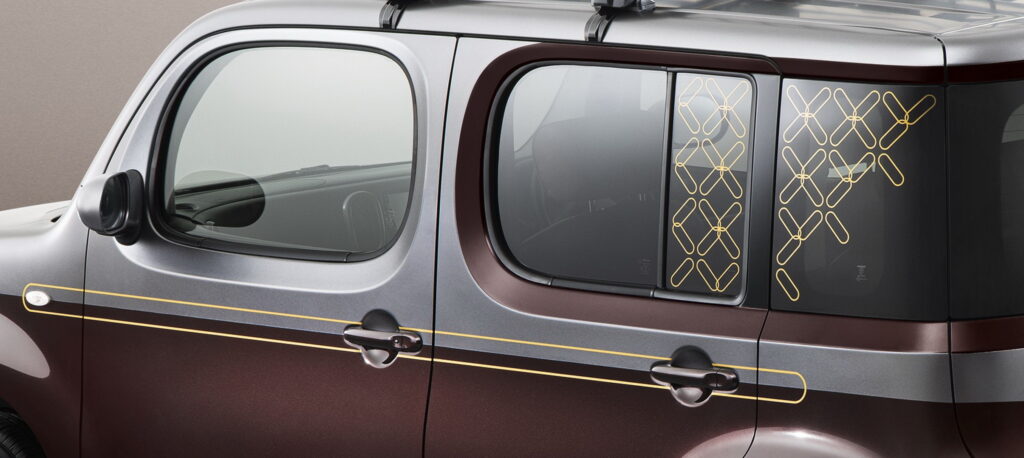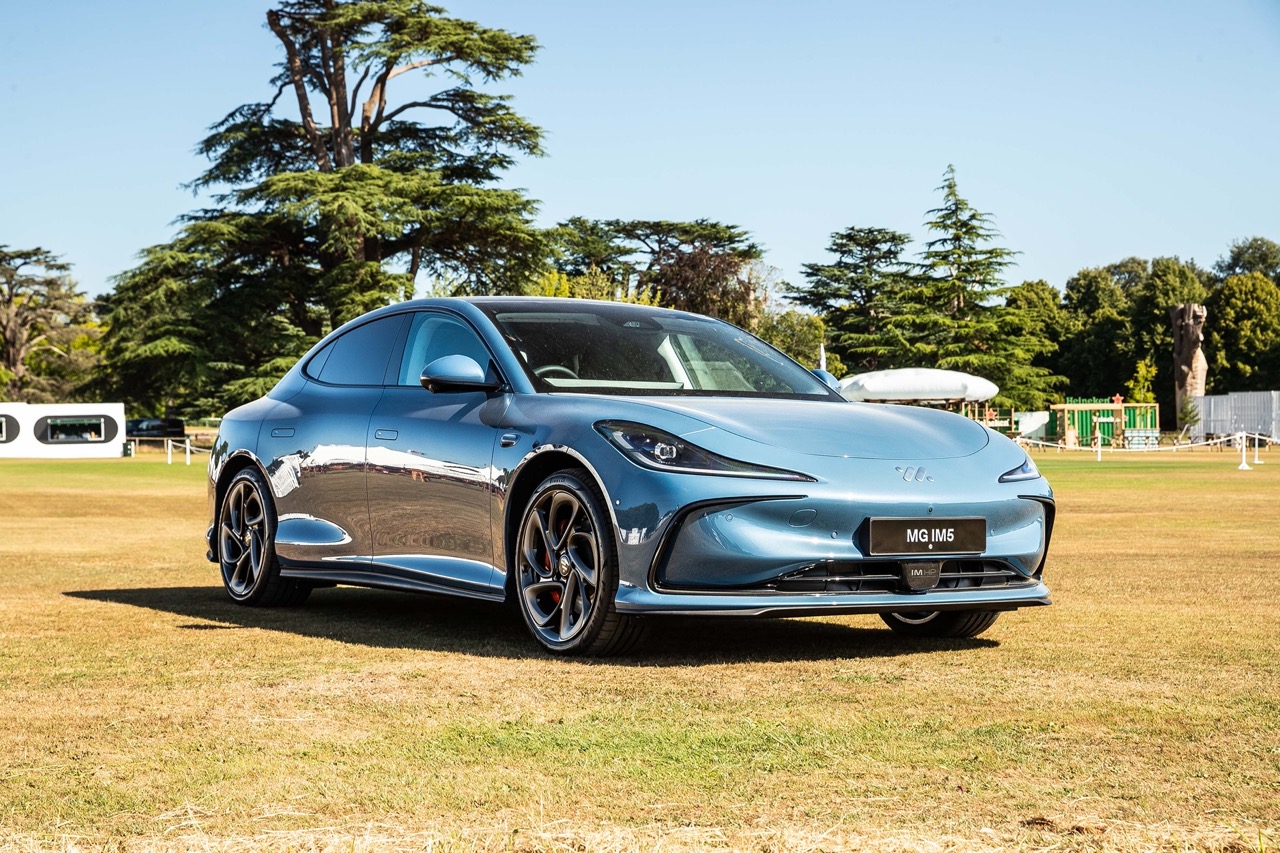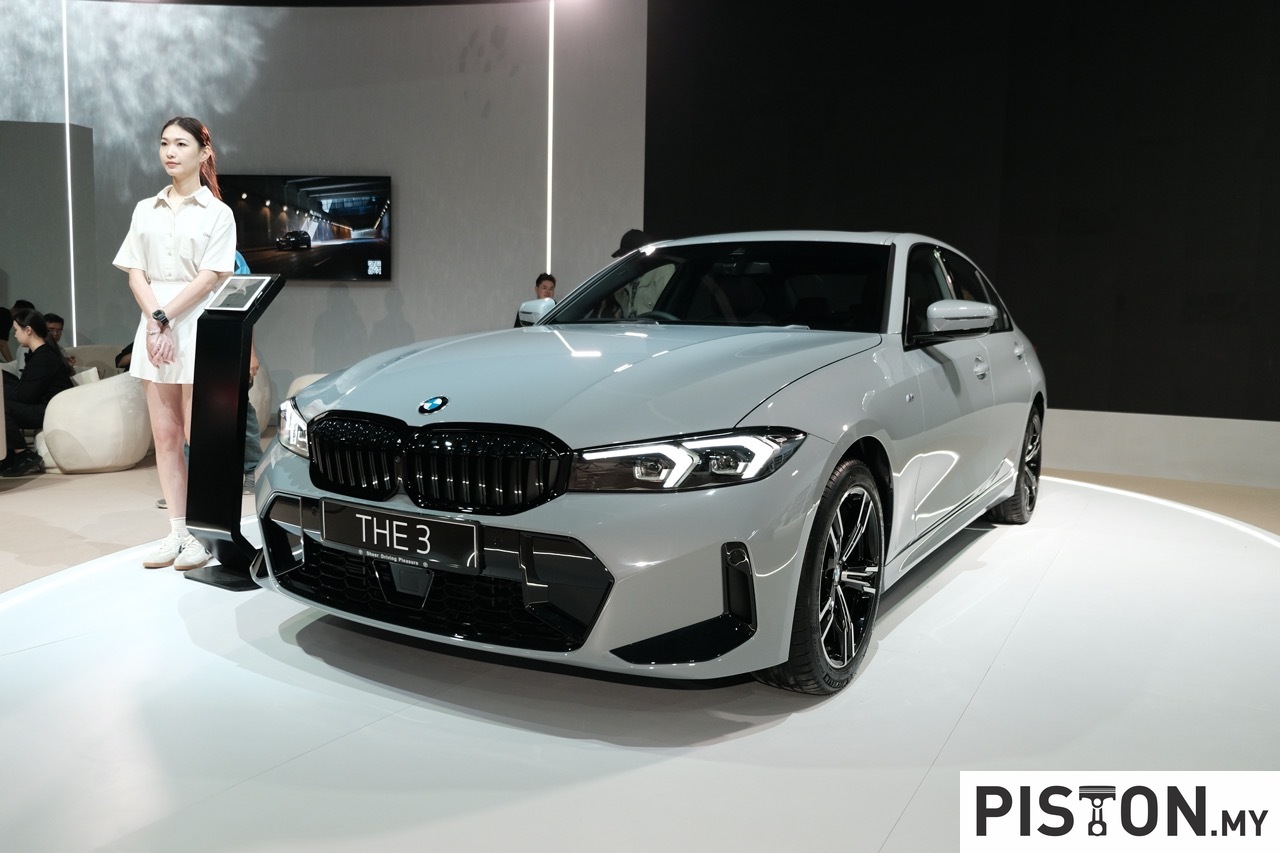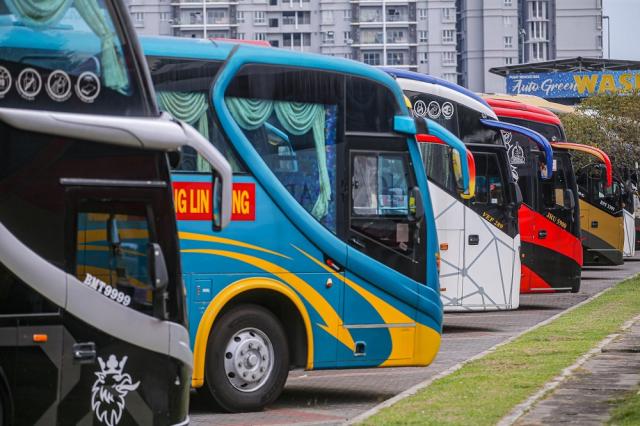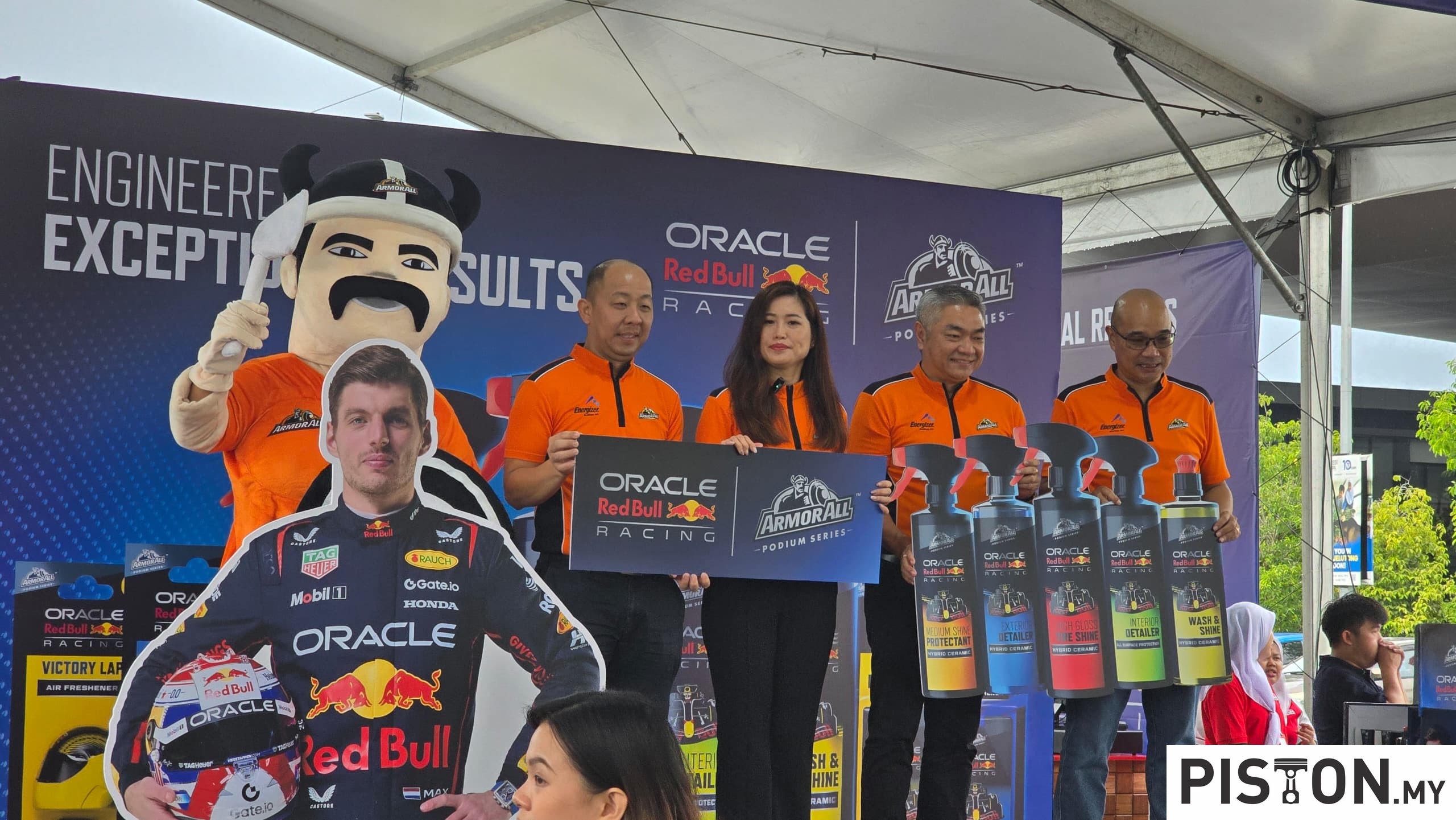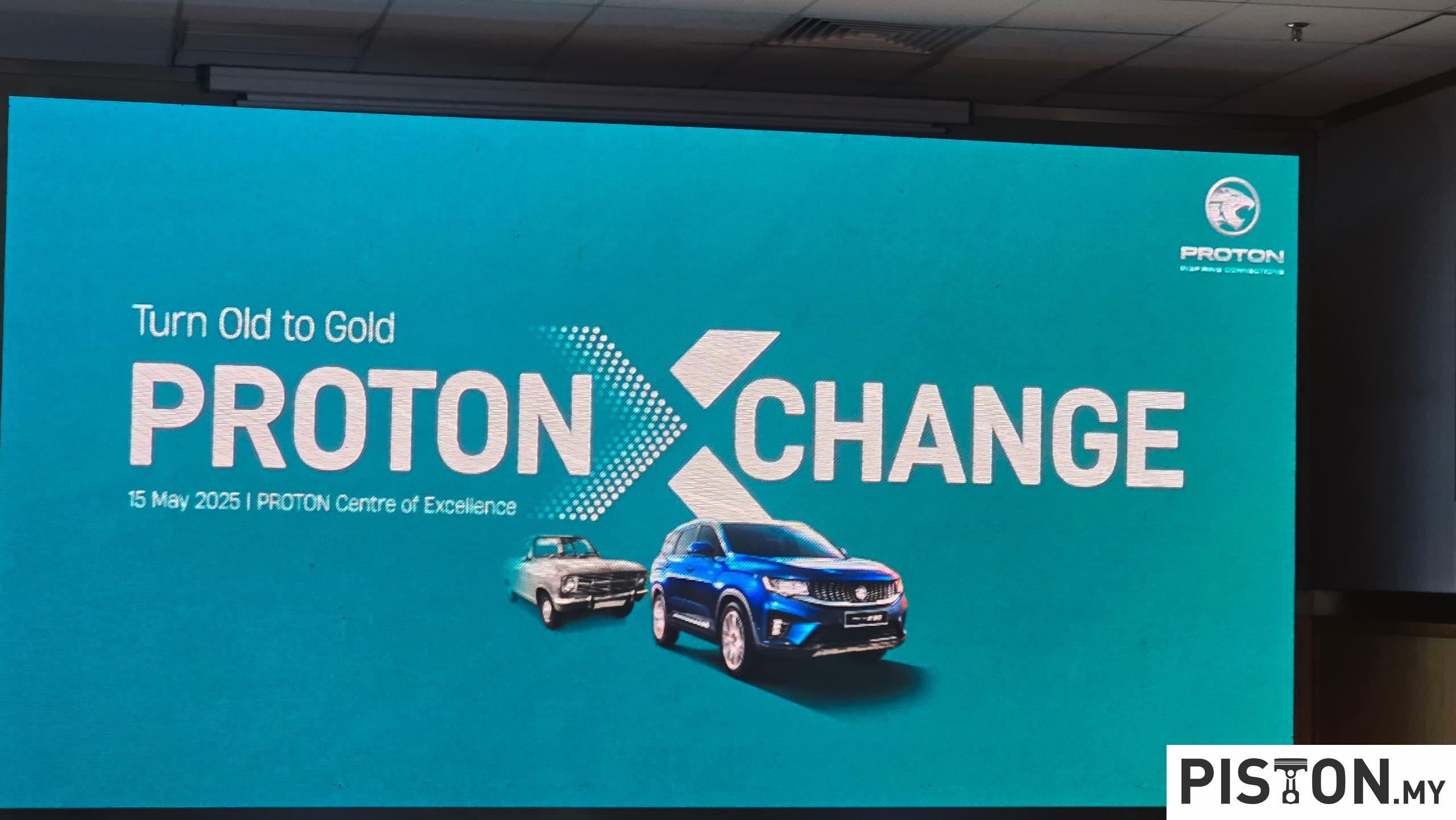Nissan telah memperkenalkan kemaskini kepada Juke bagi tahun 2024, dengan matlamat untuk meningkatkan daya saingnya dalam segmen SUV kecil yang padat. Walaupun reka bentuk luaran kebanyakannya kekal tidak berubah, penambahbaikan penting telah dibuat kepada bahagian dalaman, termasuk paparan infotainment yang lebih besar dan penyelesaian yang lebih baik. Selain itu, Nissan telah memperkenalkan varian utama baharu yang dipanggil N-Sport dan memperkenalkan semula pilihan warna kuning.
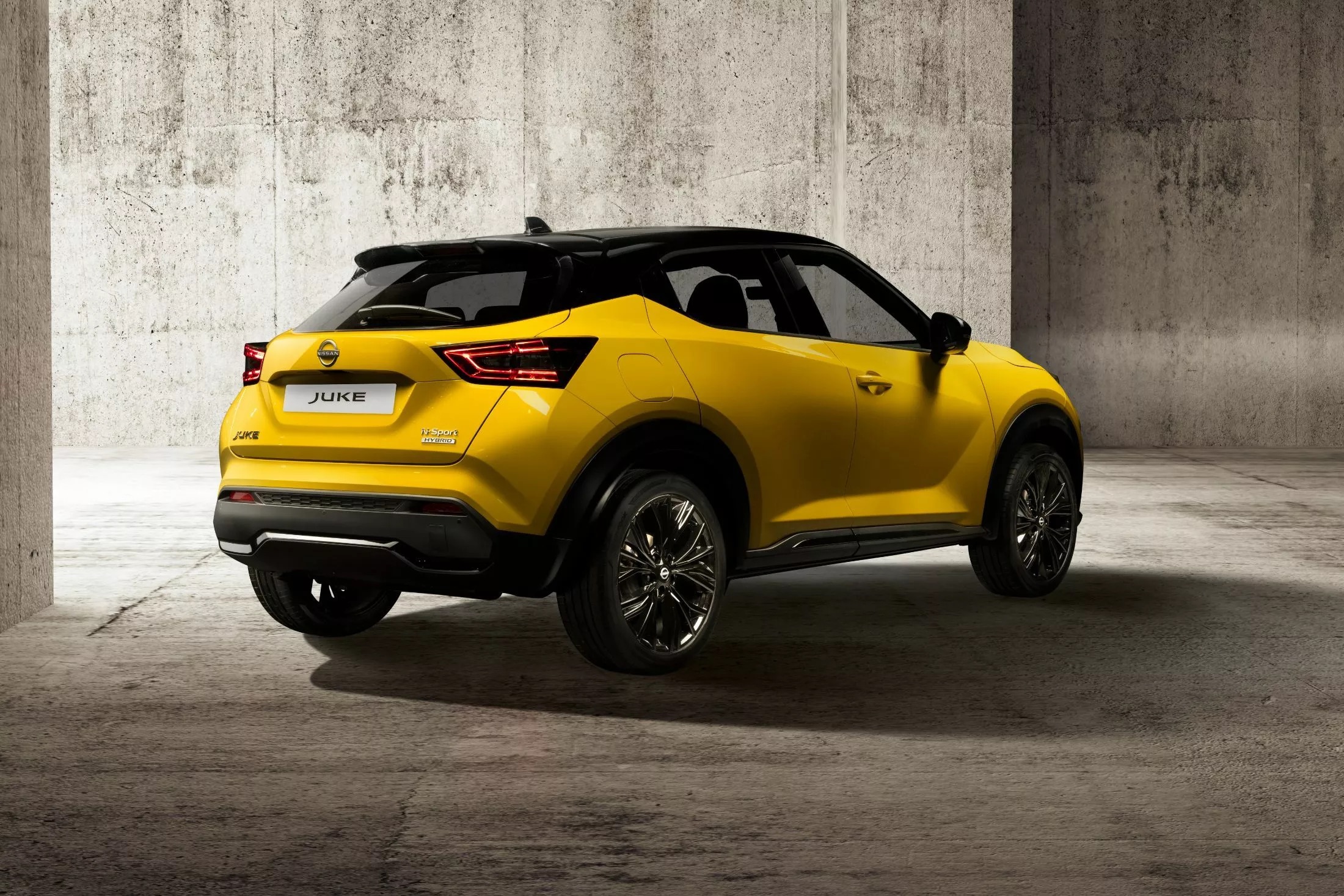
Varian N-Sport Juke mewakili kemuncak dalam rangkaian, menampilkan aksen hitam pada atap, tiang, roda, lengkung roda, cermin, dan gril, yang bertentangan dengan warna luaran kuning baru. Di dalam, varian N-Sport membanggakan jahitan kuning, hiasan papan pemuka, dan sisipan yang diperbuat daripada Alcantara kitar semula, bersama dengan emblem Juke yang terukir pada kerusi.
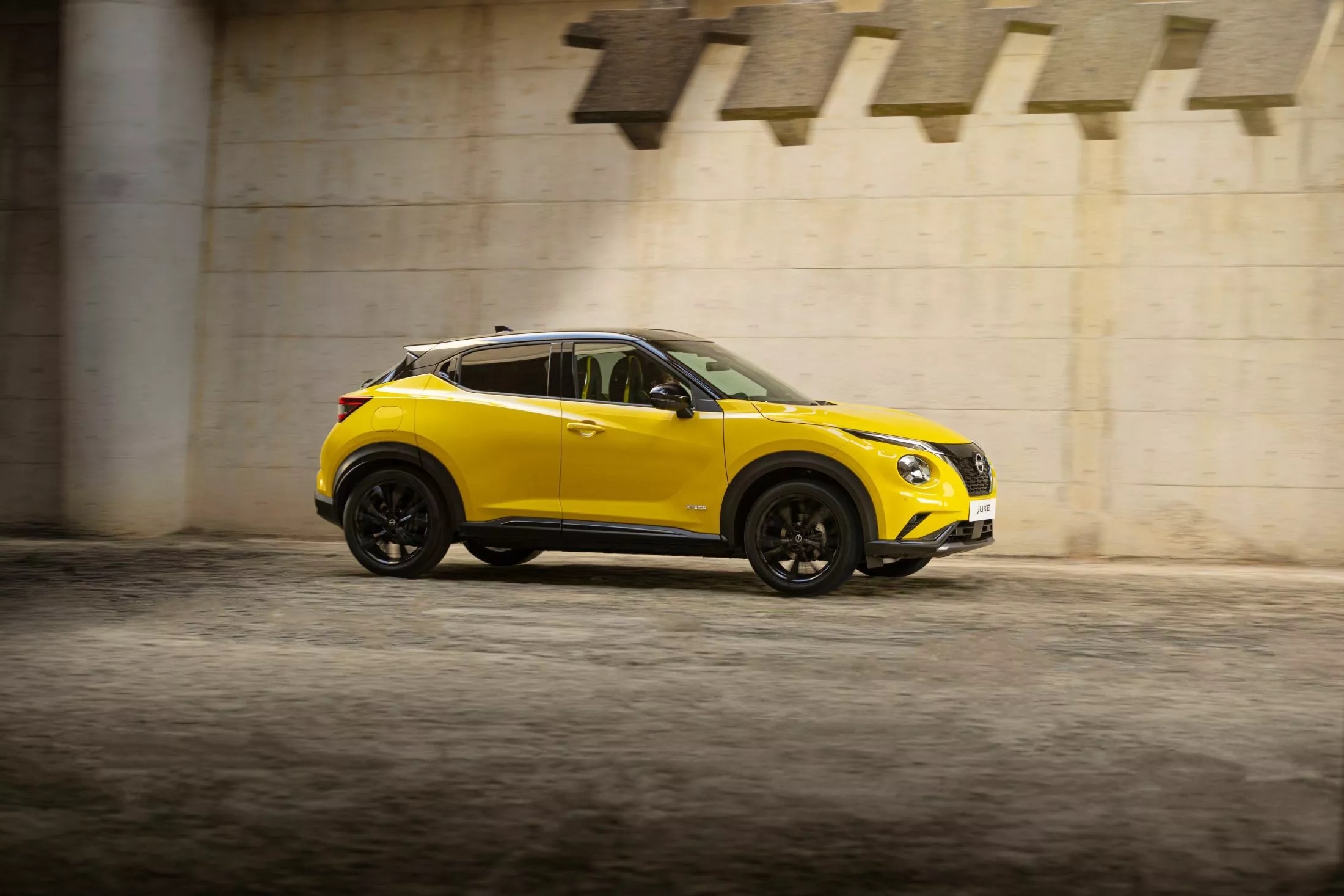
Perubahan yang paling ketara di dalam kabin adalah pengenalan paparan infotainment yang lebih besar 12.3-inci, diletakkan di atas papan pemuka yang sedikit diubahsuai dengan kecondongan yang difokuskan kepada pemandu. Paparan yang diperbaharui ini datang sebagai standard dan boleh dipadankan dengan kluster instrumen digital 12.3-inci yang boleh diubahsuai. Sistem infotainment yang diperbaharui kini menyokong Android Auto dan Apple CarPlay tanpa wayar, dan mempunyai sistem pengiktirafan suara yang diperkemas kini.
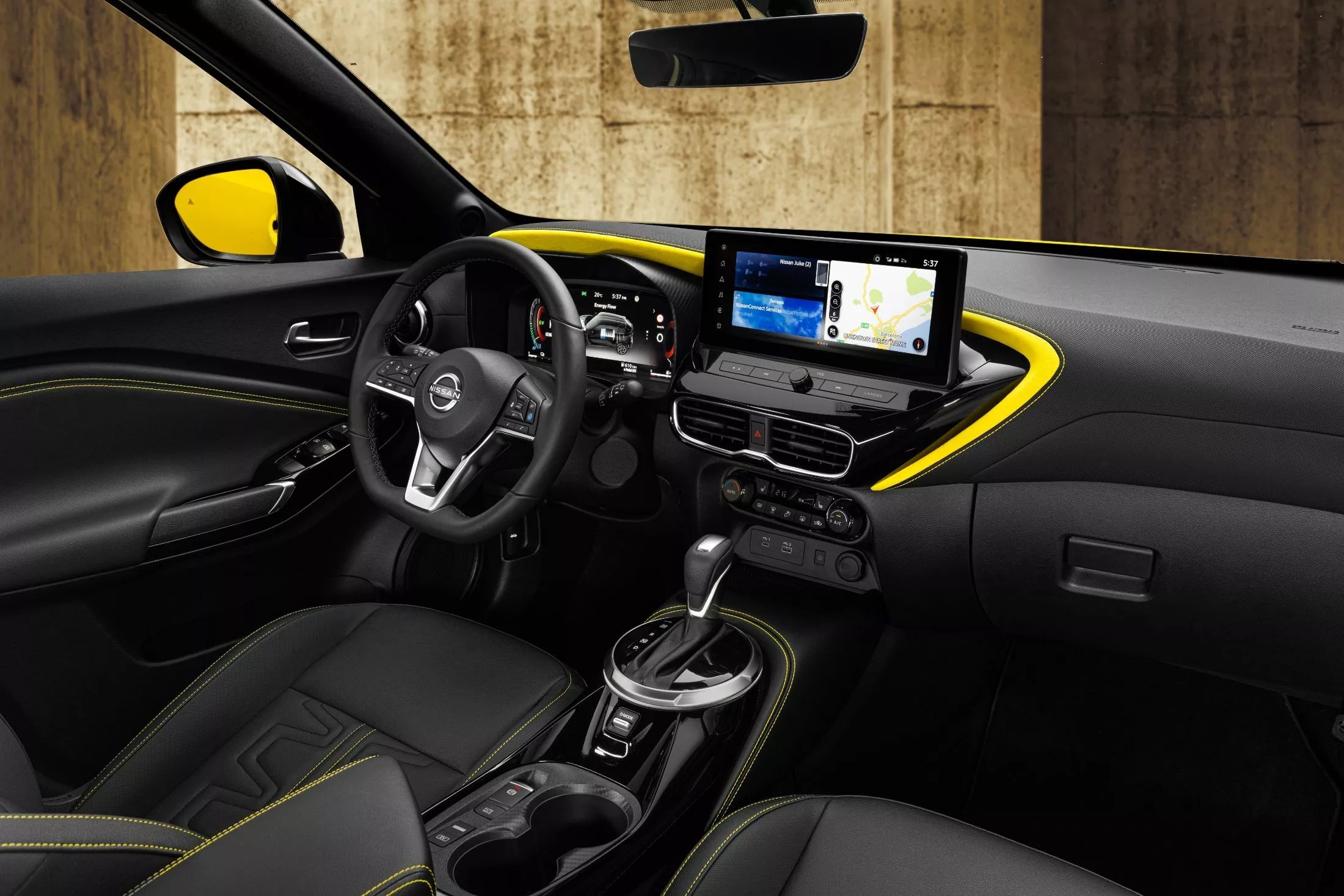
Nissan juga telah membuat beberapa penambahbaikan lain di dalam kabin, termasuk bahan gaya kulit yang lebih halus pada stereng, kotak sarung tangan yang lebih besar, kerusi baru di kebanyakan varian, dan reka bentuk semula tempat tangan tengah untuk sokongan yang lebih baik. Selain itu, Juke kini dilengkapi dengan brek tangan elektrik, pad cas tanpa wayar, dan soket USB-A / USB-C untuk semua penumpang, sejajar dengan standard moden bagi tahun 2024.
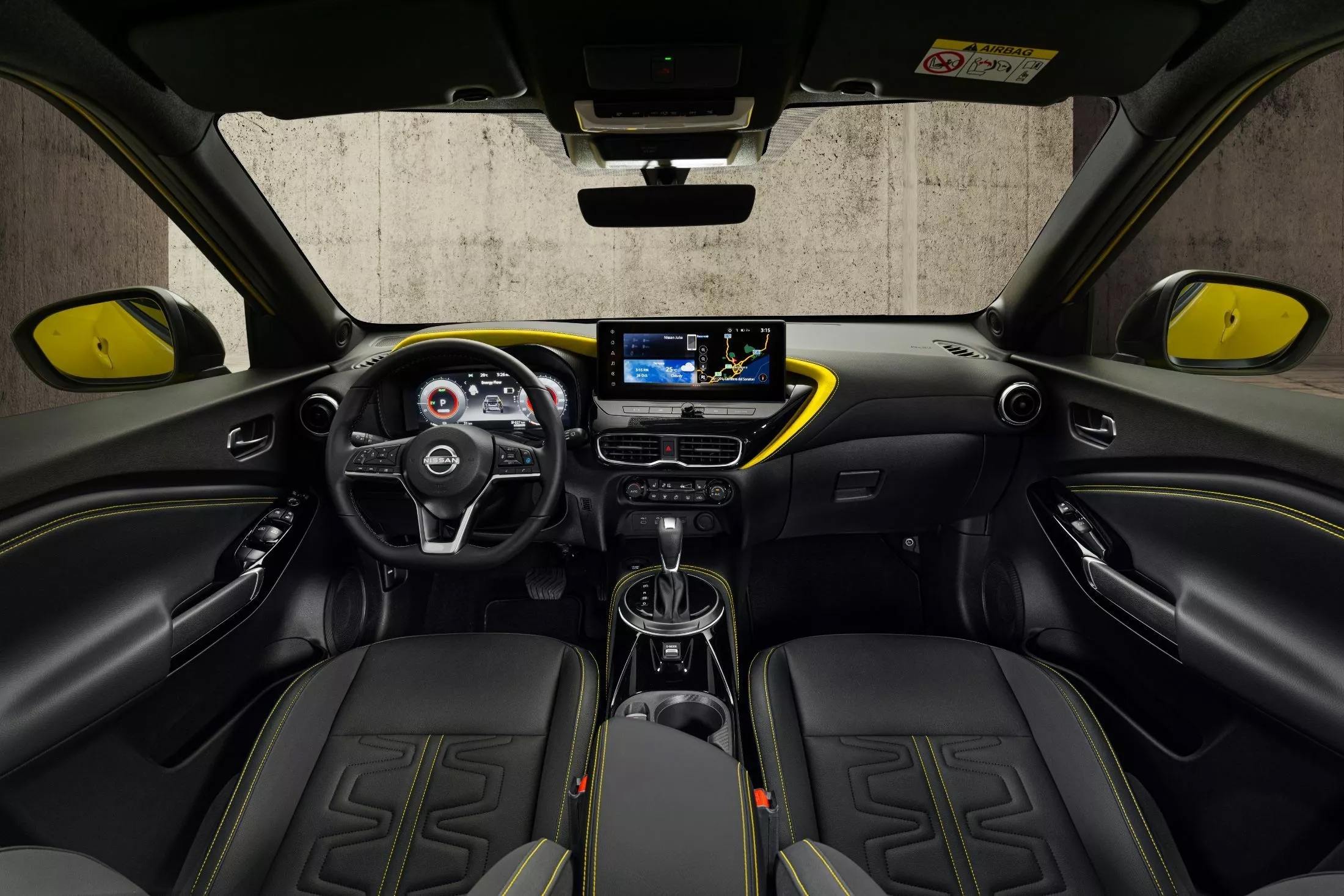
Kemas kini luaran adalah kecil, dengan semakan pada pilihan warna dan pengenalan reka bentuk roda baharu, beberapa daripadanya berdiameter sehingga 19 inci. Yang utamanya adalah kembalinya pilihan warna kuning, yang sangat diminta oleh pelanggan dan kini sedikit lebih pucat berbanding versi sebelumnya. Jabatan warna dan hiasan Nissan juga telah menyempurnakan formula bagi warna putih mutiara dan hitam metalik untuk meningkatkan daya tarik mereka.
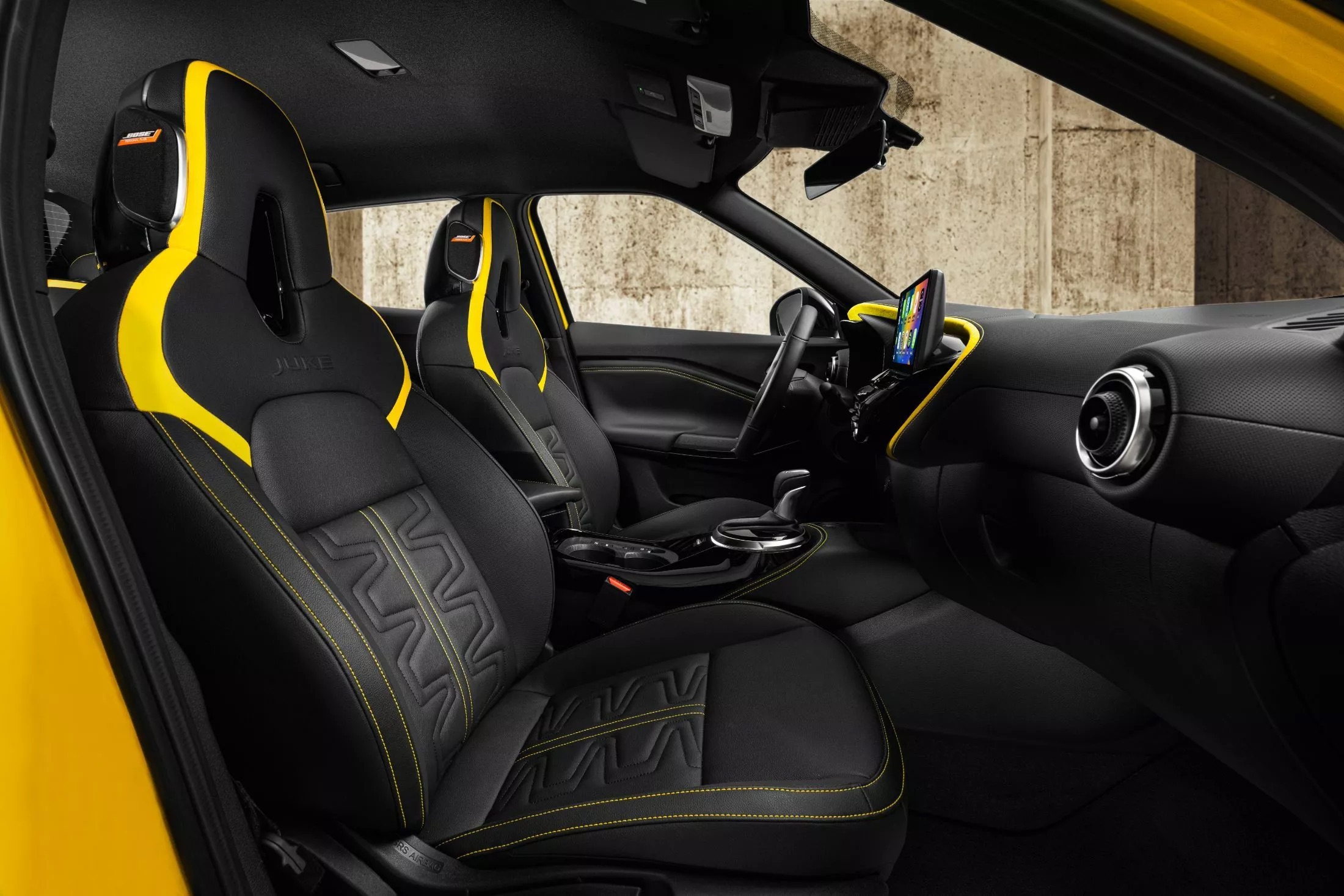
Peringatan Keluar Lorong sekarang disepadukan sebagai peralatan standard dengan kemaskini Juke. Walaupun standard dari darjah Tekna ke atas, pilihan kekalkan lorong kecemasan adalah pilihan.
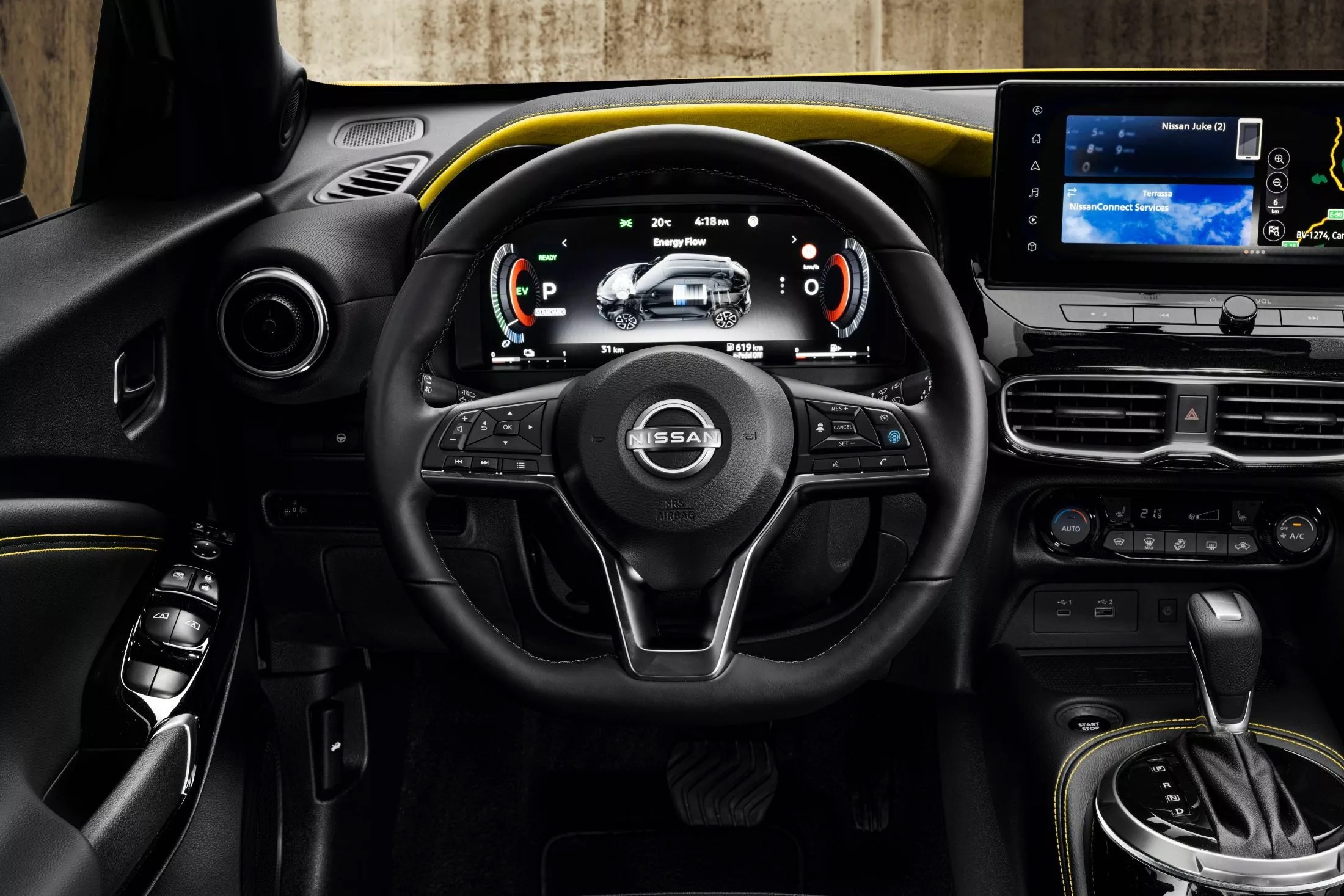
Kualiti kamera pandangan belakang juga telah dinaikkan dari 0.3 hingga 1.3 megapiksel untuk lebih memanfaatkan skrin tengah definisi tinggi. Ini bermakna bahawa pergerakan termasuk mundur dapat dilaksanakan dengan lebih yakin kerana penglihatan yang lebih tajam, terutamanya dalam cahaya rendah. Semua darjah Juke kini dilengkapi dengan kamera pandangan belakang sebagai peralatan standard. Model N-Connecta ke atas juga boleh memesan Monitor Pandangan Sekeliling, yang menggabungkan gambar dari empat kamera di sekeliling kereta untuk menyediakan “birds-eye” kedudukan kereta untuk pergerakan parkir.
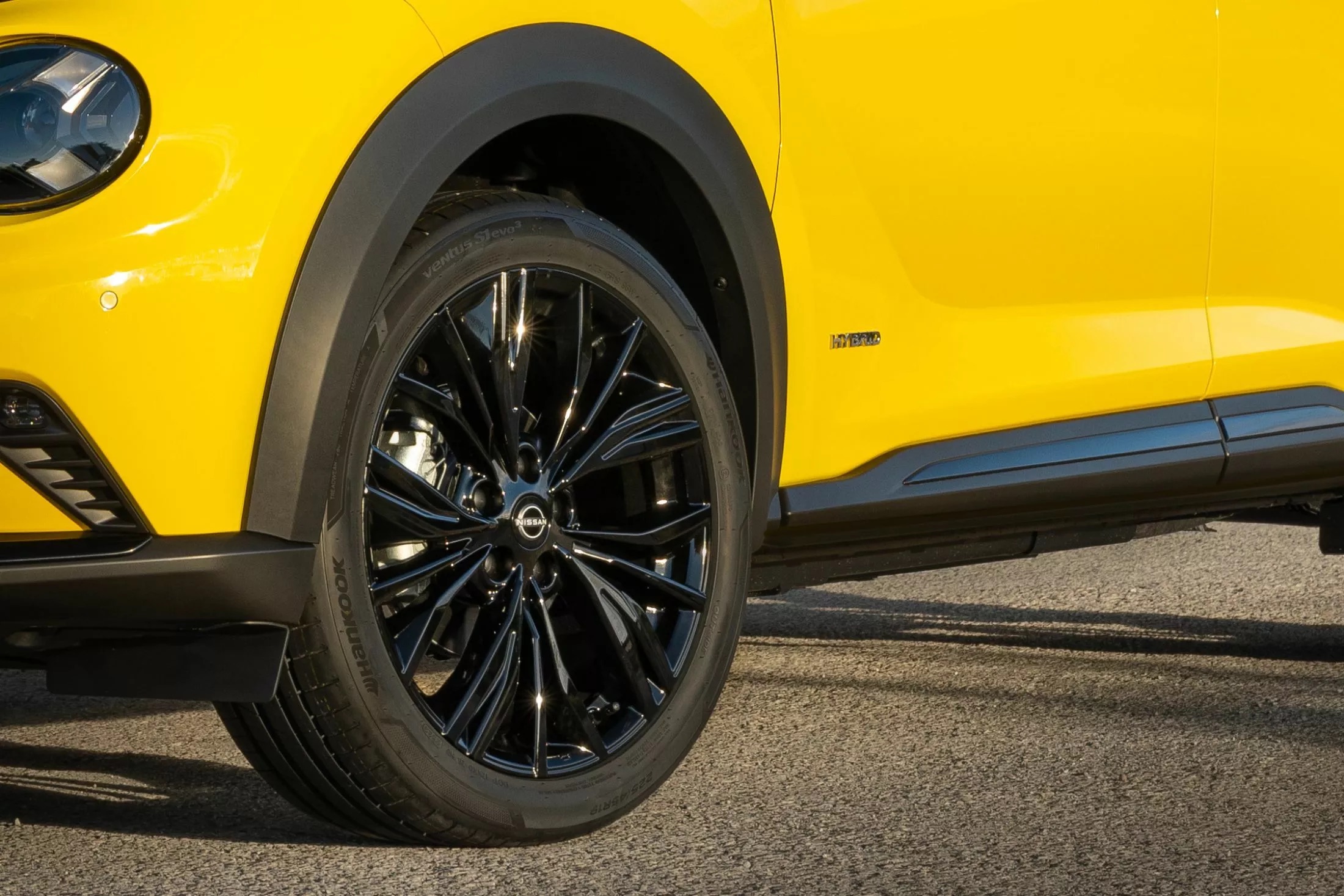
Juke menawarkan dua pilihan enjin. Yang pertama adalah Juke Hybrid, yang menampilkan enjin pembakaran dalam Nissan yang dioptimumkan untuk kegunaan hybrid, memberikan 94hp dan 148Nm tork. Pada sisi elektrik, motor elektrik utama menghasilkan 49hp dan 205Nm tork, disokong oleh starter/generator volt tinggi 15kW yang disambungkan ke bateri cecair 1.2kWh melalui penyebar. Konfigurasi ini menghasilkan output kuasa 25% lebih tinggi daripada pilihan enjin petrol semasa, bersama dengan pengurangan penggunaan bahan api sehingga 40% dalam persekitaran bandar dan sehingga 20% keseluruhan.
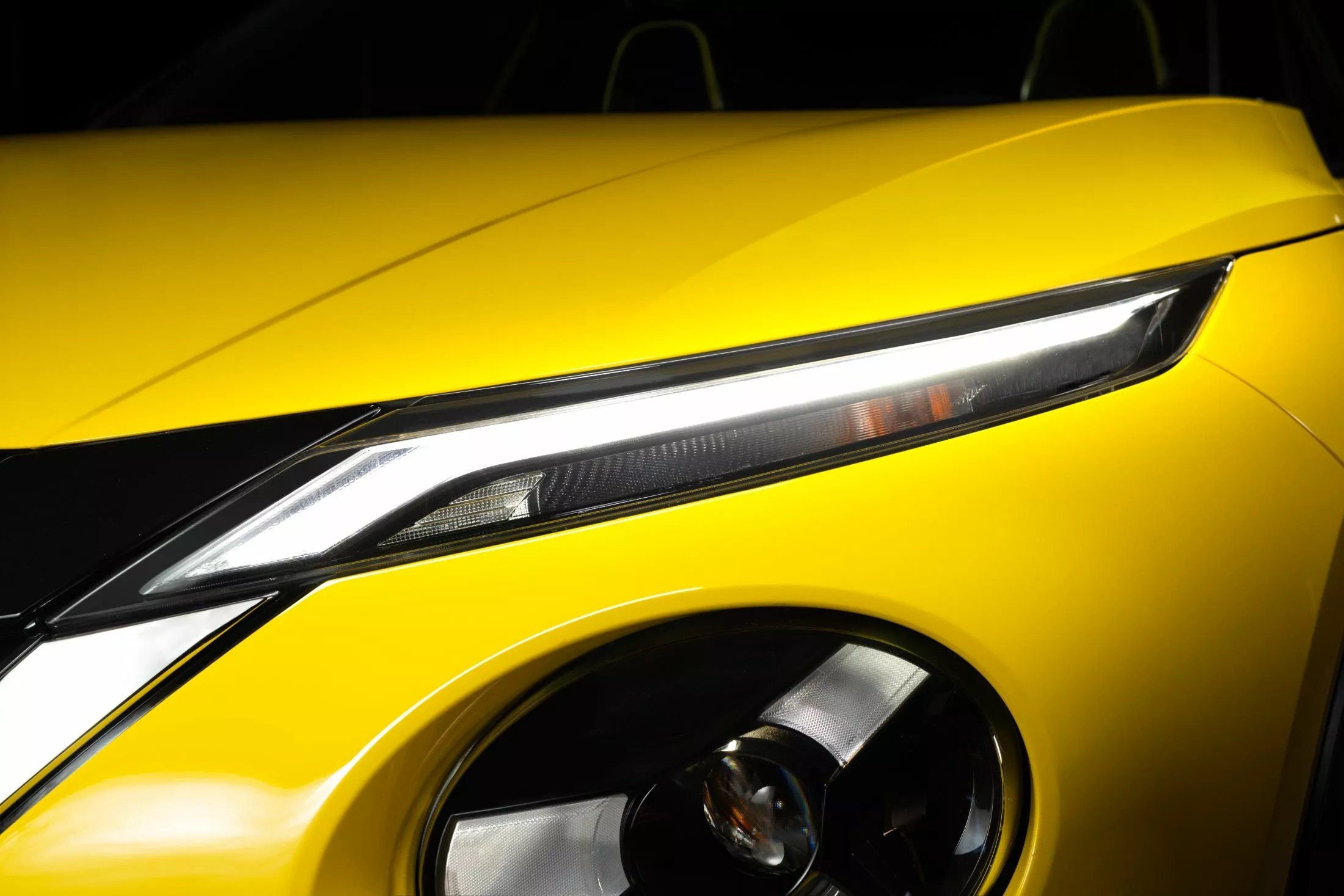
Sebagai alternatif, pilihan enjin tanpa elektrik bagi Juke memuatkan enjin petrol turbo tiga silinder DIG-T 1.0 liter yang padat dan ringan. Memberikan 117PS dan 180Nm tork. Pemandu boleh memilih di antara transmisi manual 6-kelajuan atau transmisi dual-clutch 7-speed (DCT), bersama dengan pemilih mod pemanduan (Eko, Standard, Sport) untuk menyesuaikan pengalaman pemanduan dengan keutamaan mereka.






